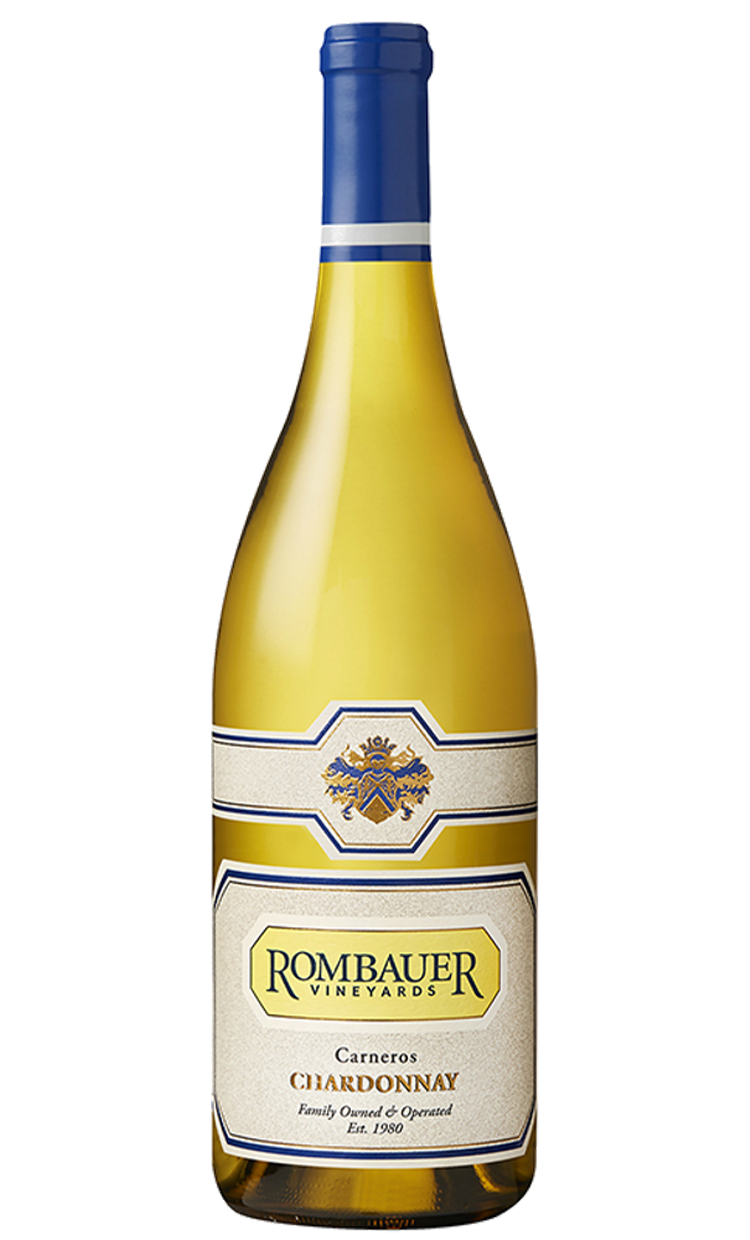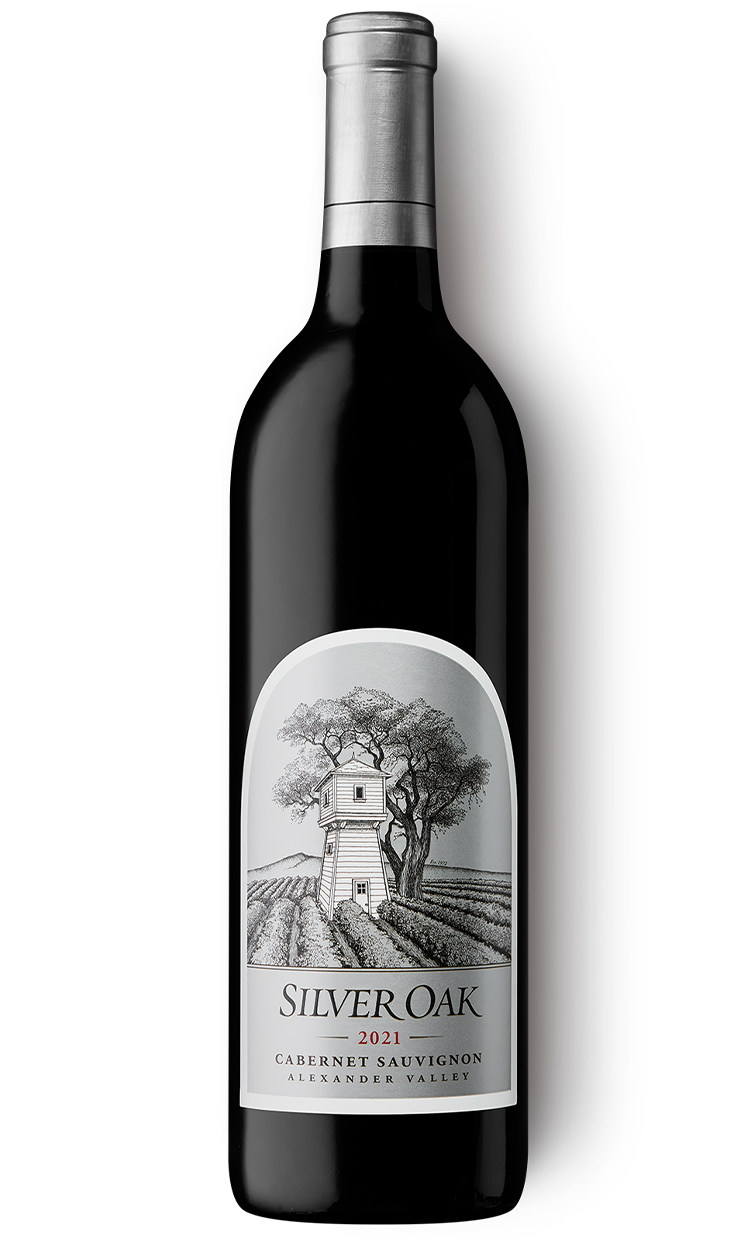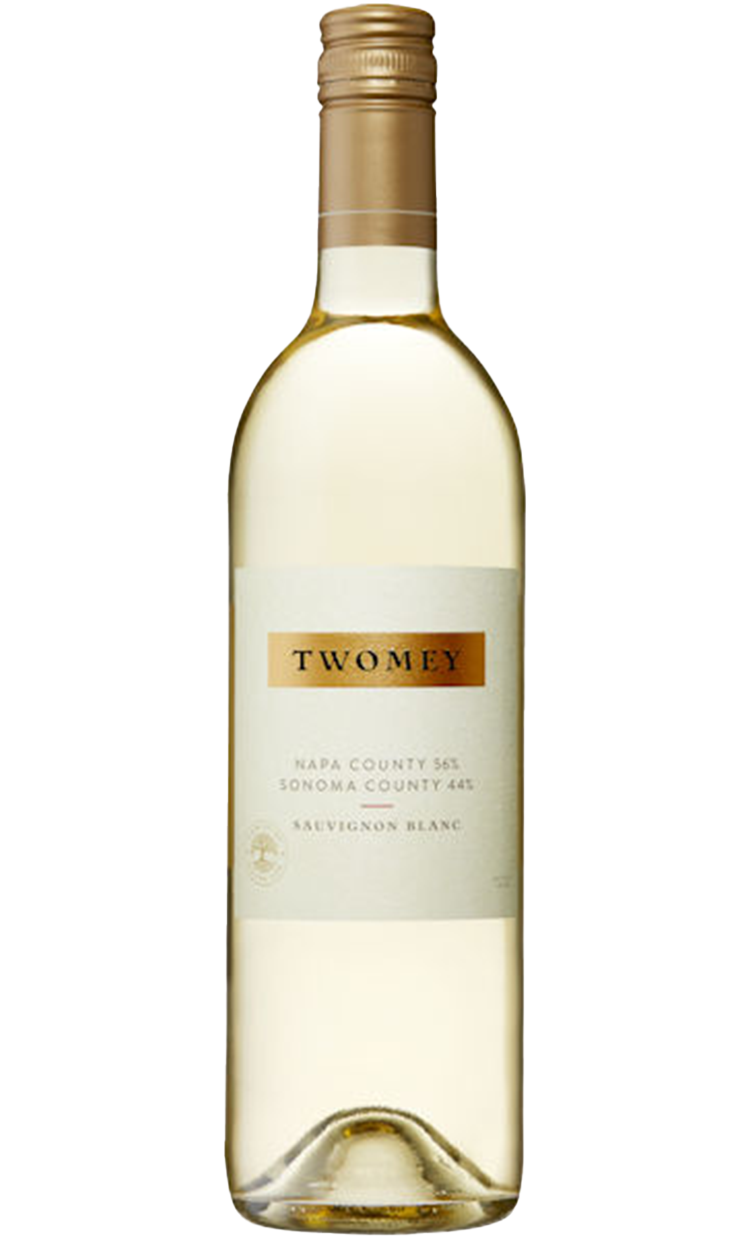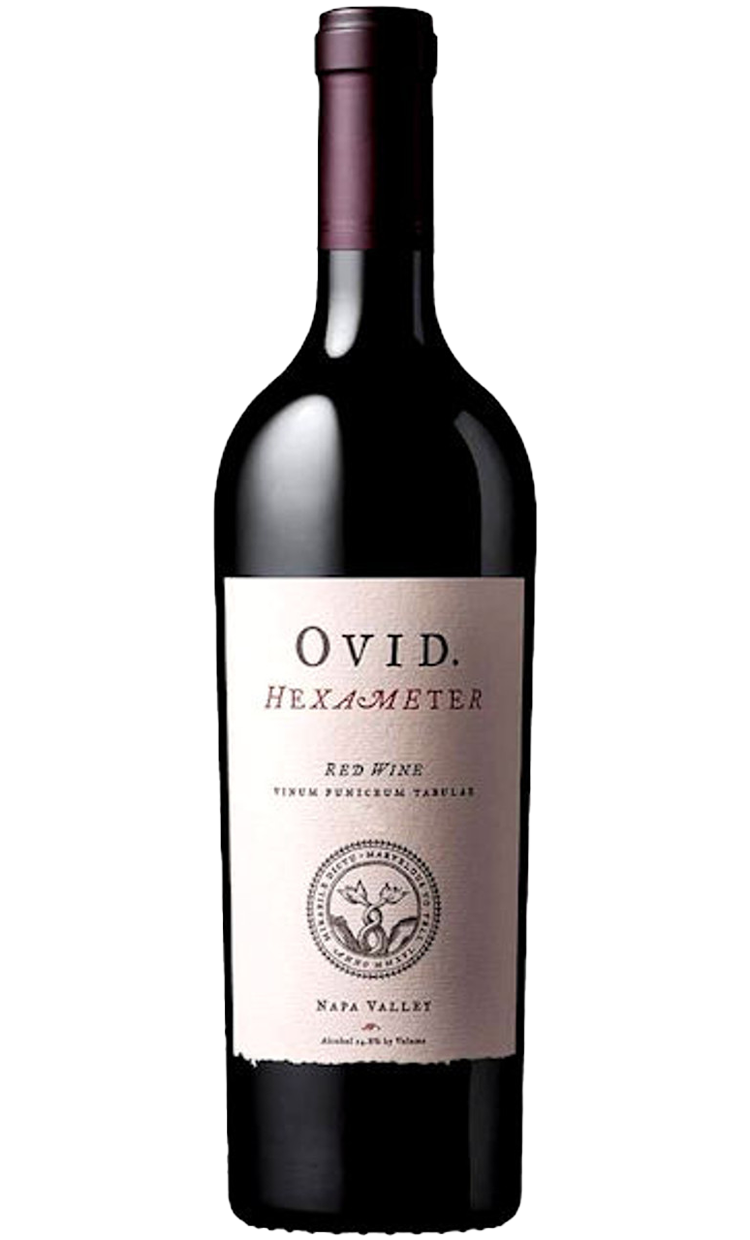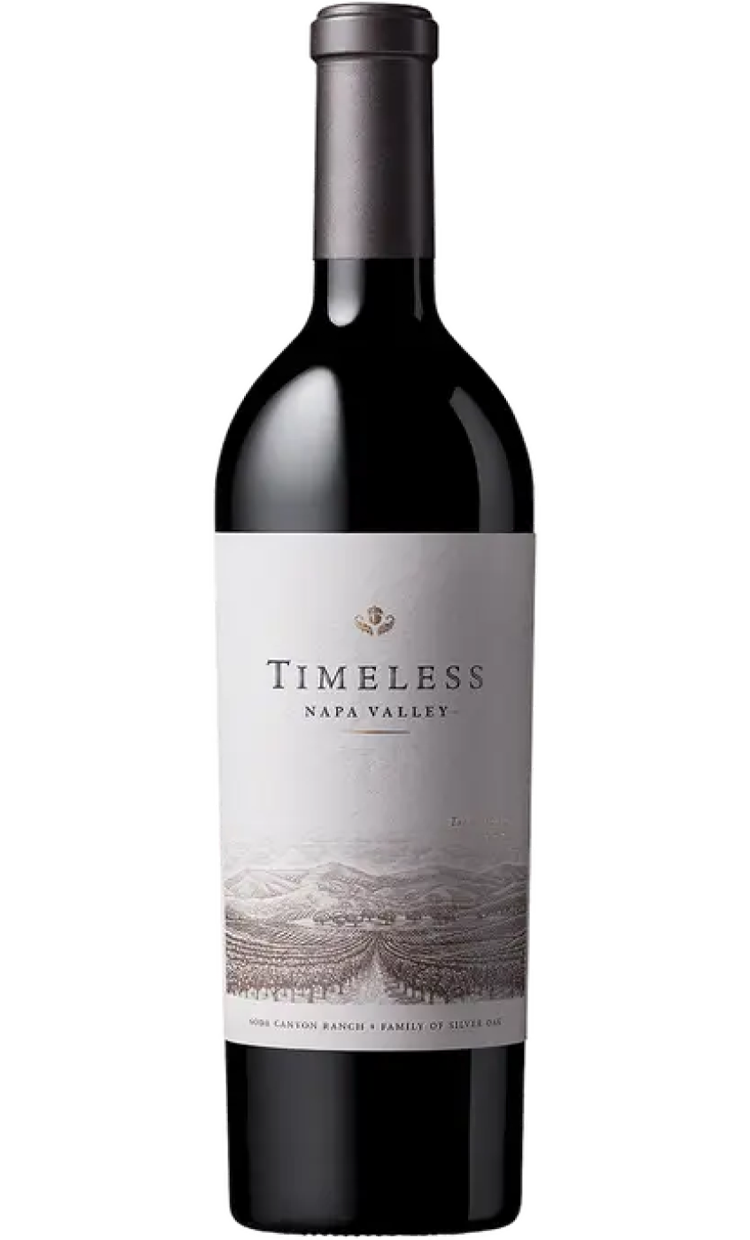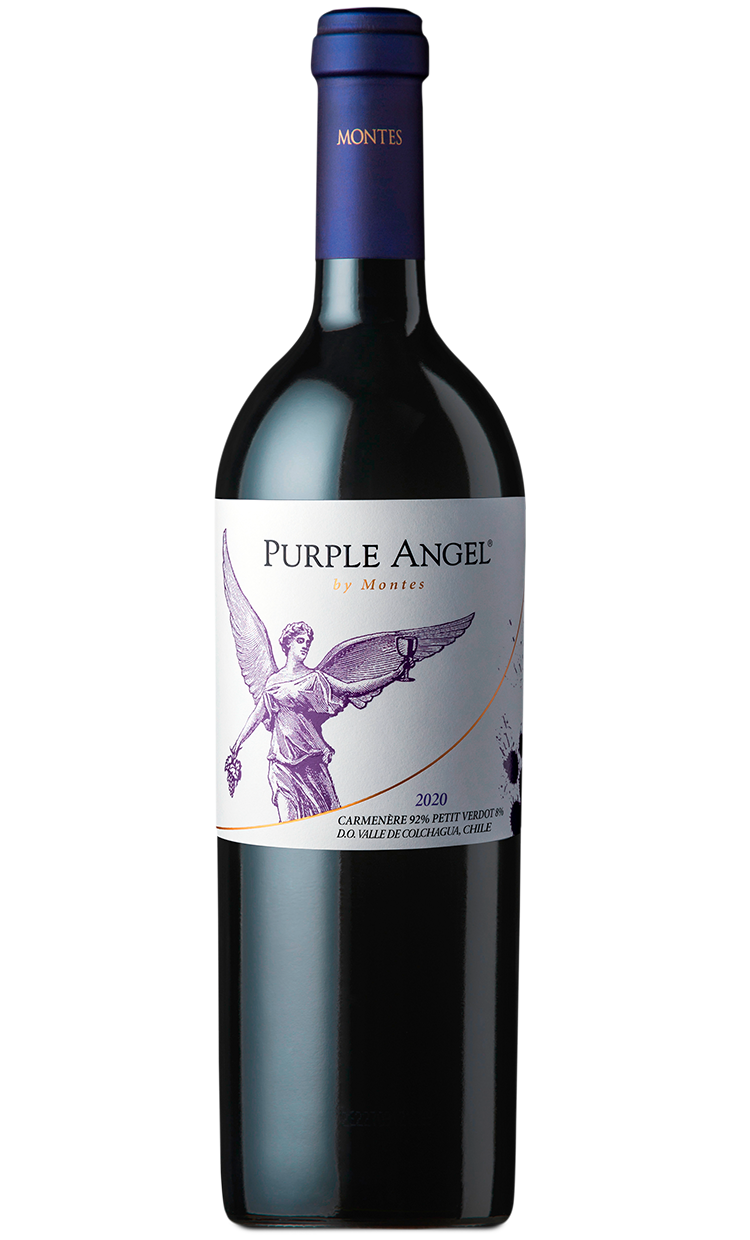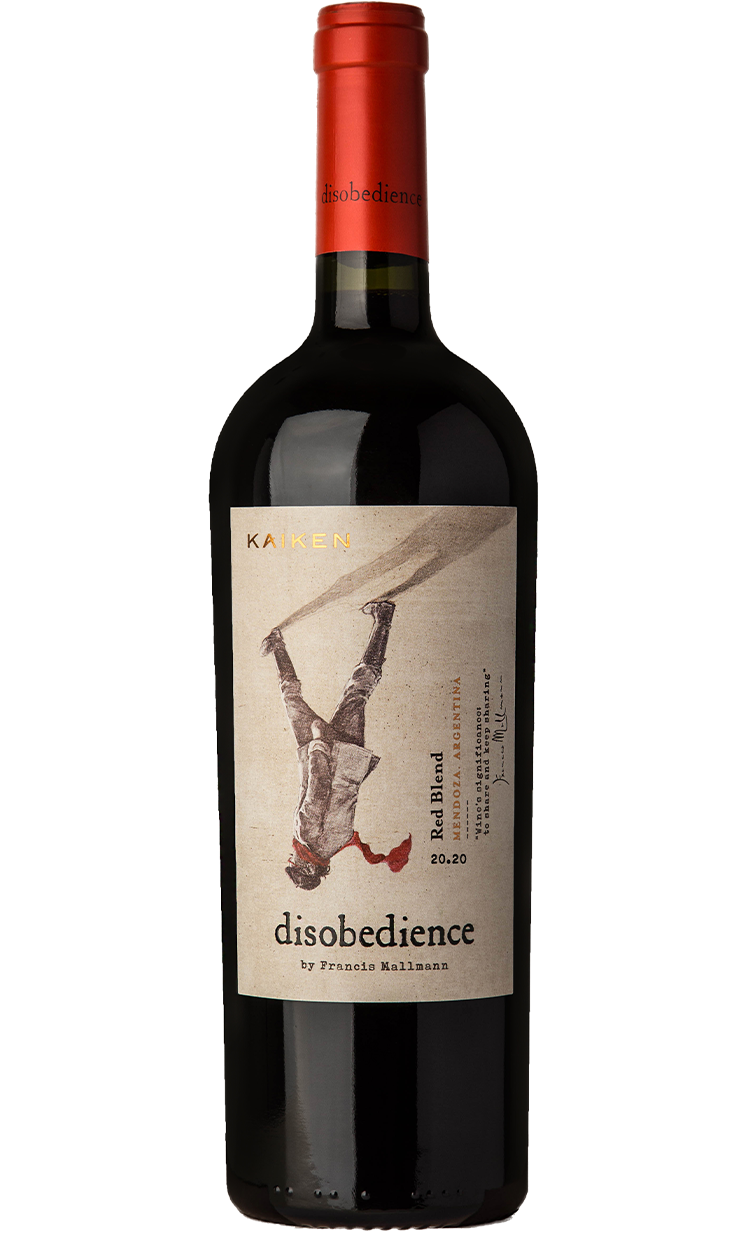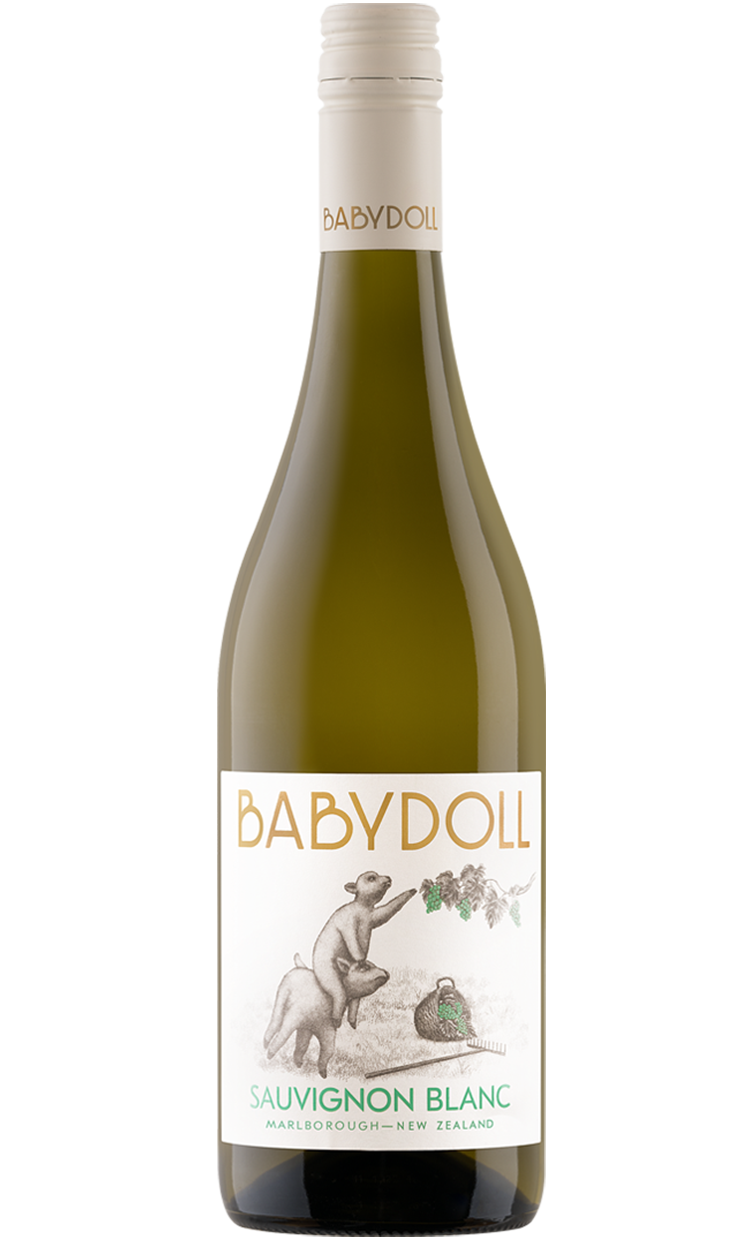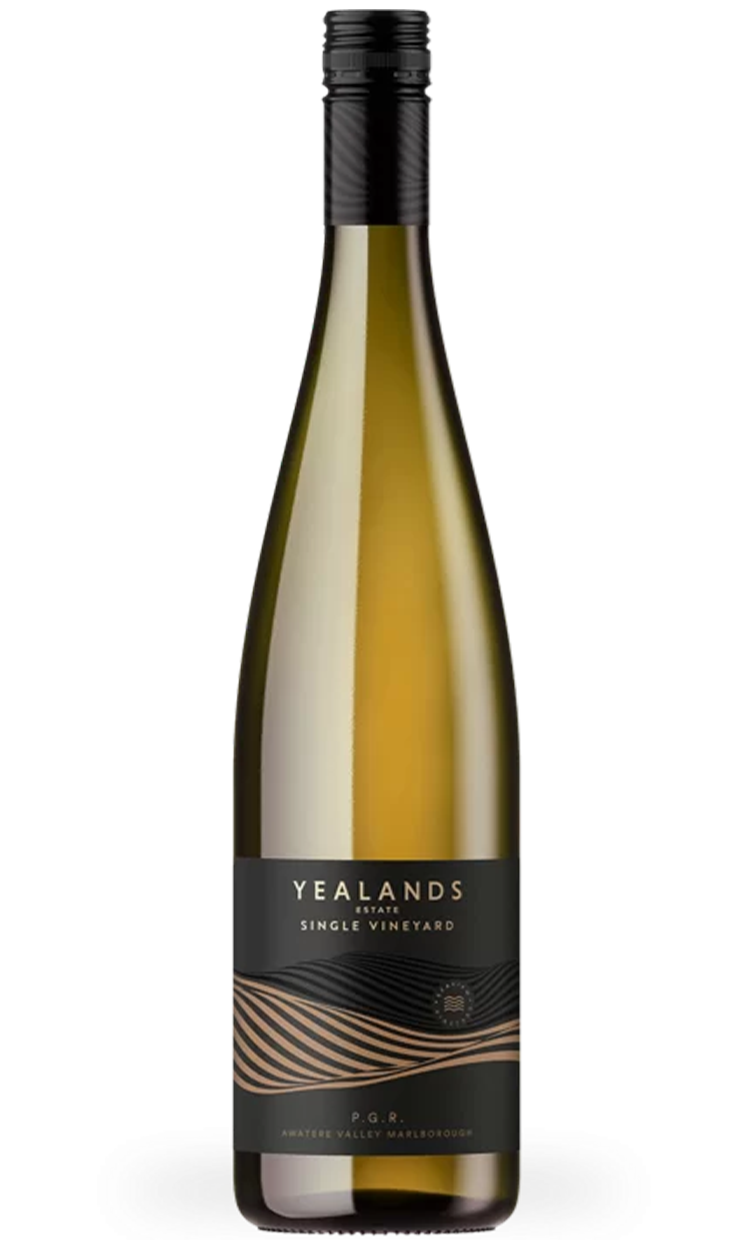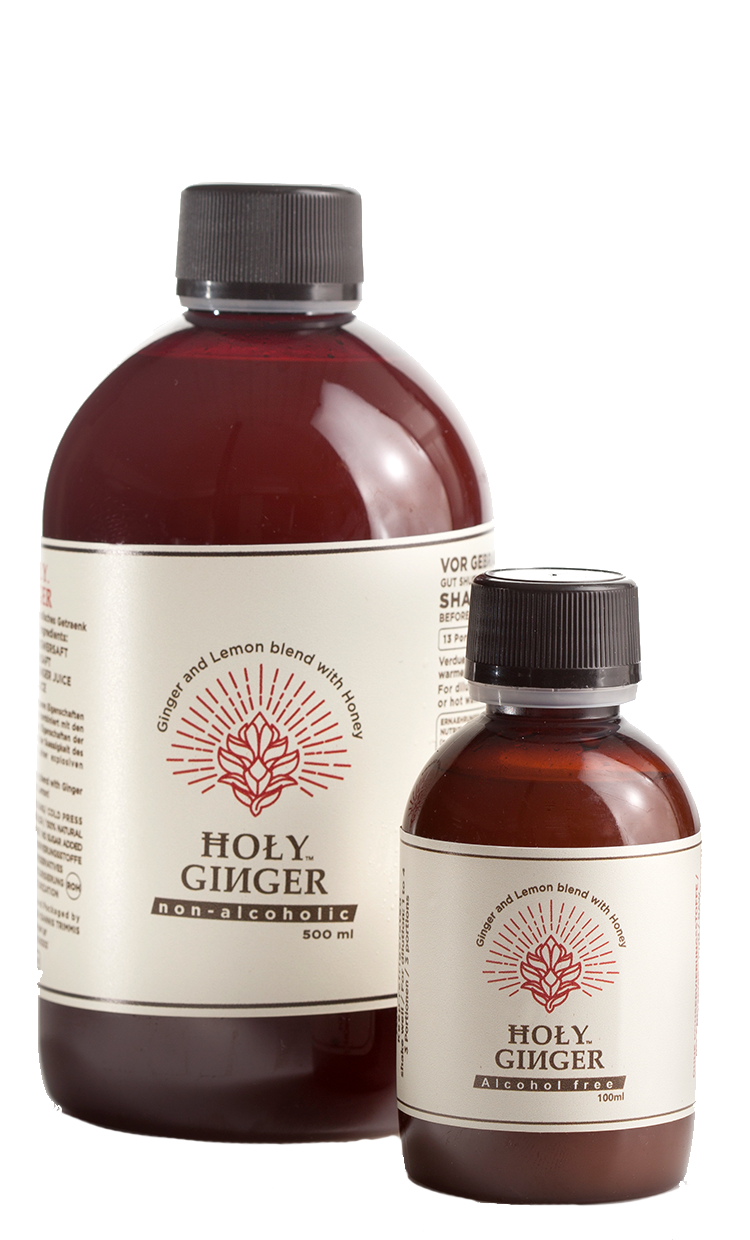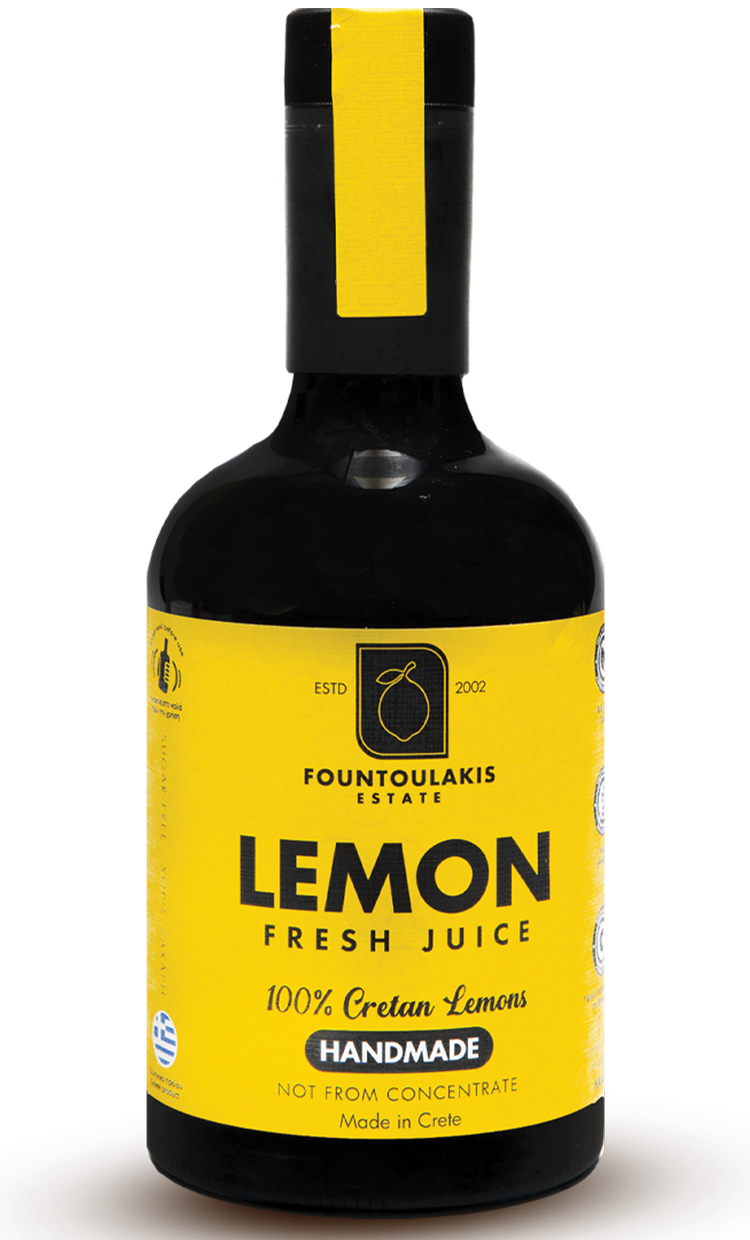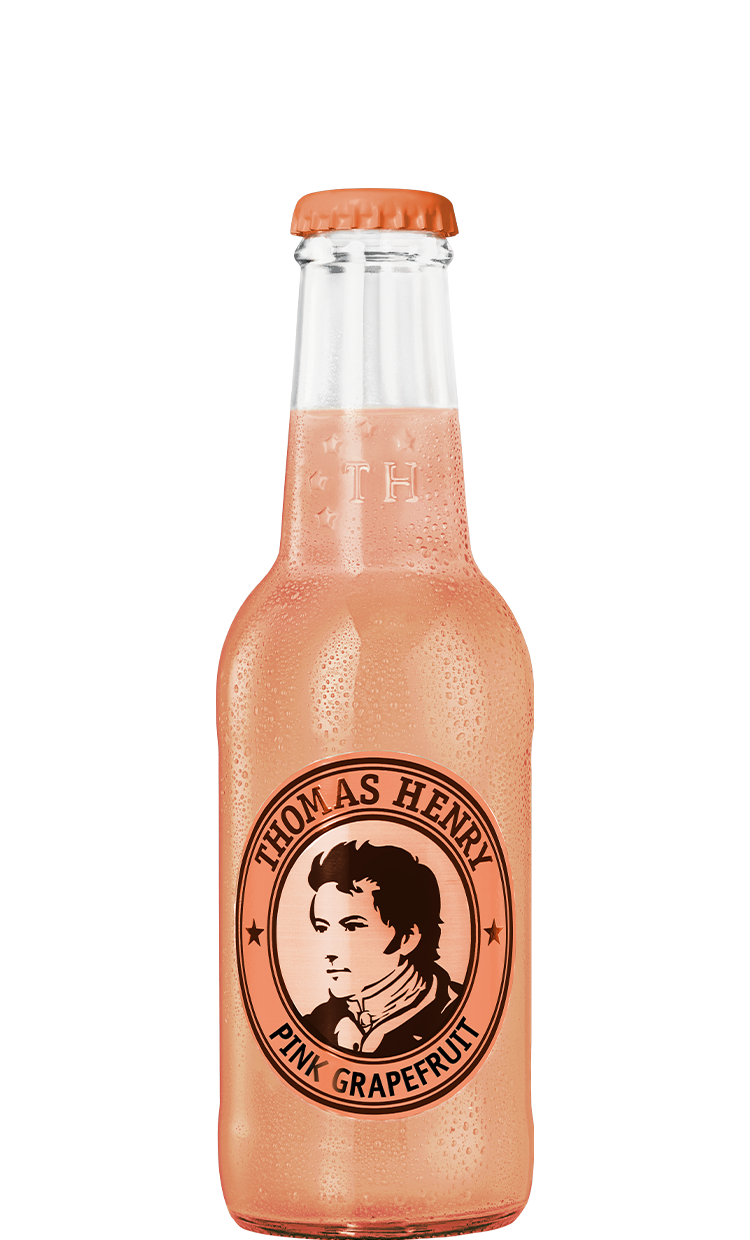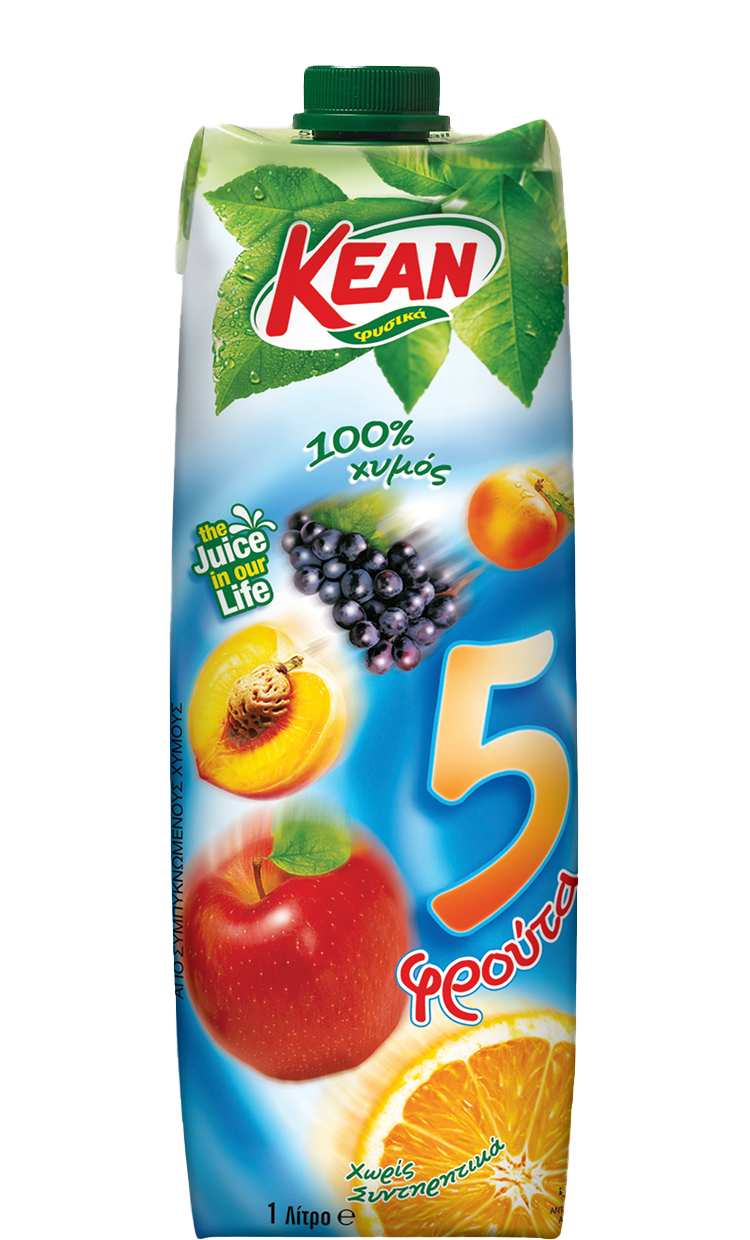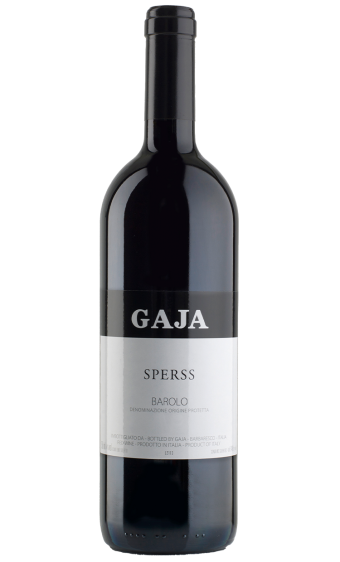



The GAJA winery was founded in 1859 in the village of Barbaresco, in the Piedmont region of Italy. From the beginning, the Gaja family focused on producing quality wines, using traditional methods and carefully cultivated vines. Giovanni Gaja, who took over the business in the early 20th century, expanded the vineyards and established the winery's reputation as one of the region's top.
The real revolution for the winery came in the 1960s, when Angelo Gaja took the reins. With vision and innovative practices, he introduced new techniques, such as the use of French oak barrels and the planting of varieties such as Cabernet Sauvignon, giving an international dimension to the winery's wines. His strategy contributed to the rise of Barbaresco on a global level and established GAJA as one of the most important names in the wine industry.
Today, the winery remains under the guidance of the Gaja family, maintaining tradition and dedication to quality. Its vineyards extend beyond Piedmont, with properties in Tuscany and Sicily, demonstrating the continuous evolution of the business. GAJA wines are among the most emblematic in the world, recognized for their structure, complexity and aging potential.

In1988, the Gaja family purchased 7 hectares of vineyards in one of the best locations in Serralunga. This single vineyard was named Sperss which means nostalgia in Piedmontese dialect and pays tribute to Angelo’s father Giovanni’s childhood memories of Serralunga.
The Sperss vineyard is in the Marenca-Rivettesub-area of Serralunga. Shaped like an amphitheater, Sperss spans12hectares, with as out hand south west exposure, and has an average altitude of 370m above sea level. The soil is comprised of compact clay and sand. The vines have an average age of 55 years. Fermentation and maceration for around here weeks. 30 months of oak ageing. The Serralunga terroir’s signature deep mineral notes combine with superb flavors of sour blackcherry, tar, truffle, rhubarb, andlicorice. The mouth feel reveals an austere texture and a full, dense, and complex body. It has an extraordinary bottle ageing potential.
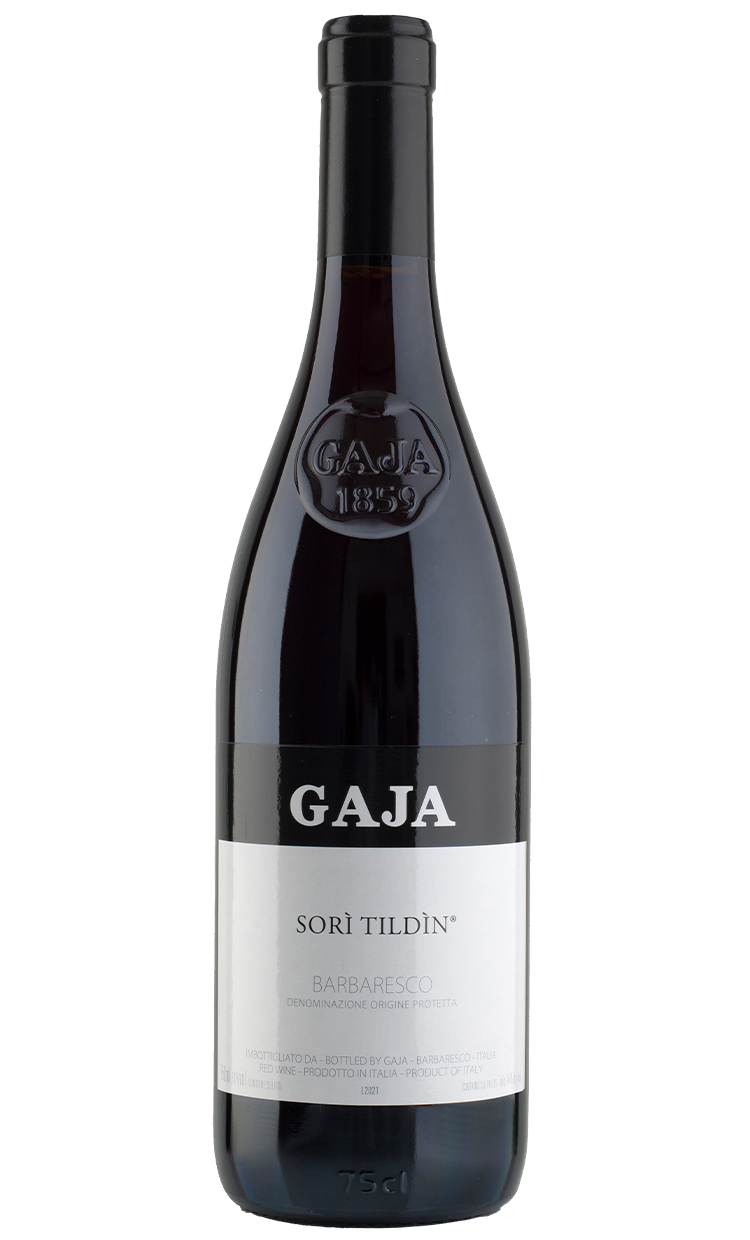
In the local dialect, Sorì refers to the hillside facing south, while Tildìn was the diminutive of Clotilde (Angelo Gaja’s grandmother).
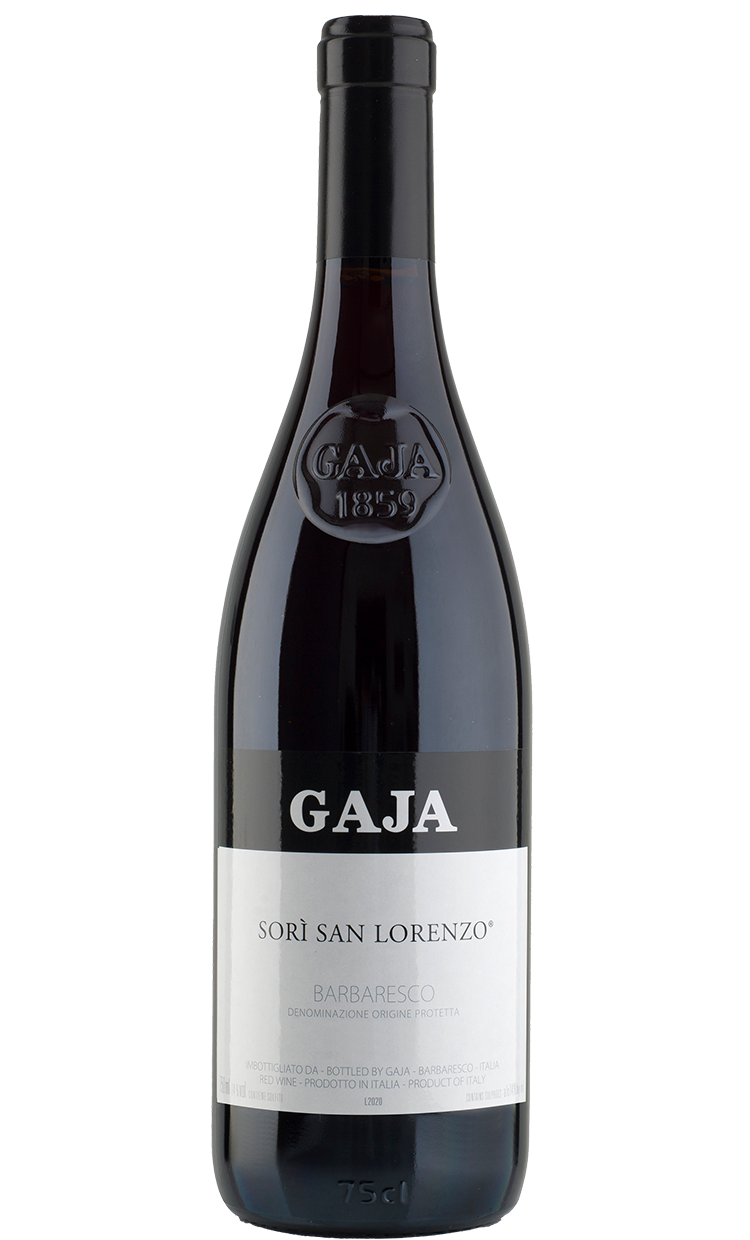
In the local dialect, Sorì refers to the hillside facing south. San Lorenzo is the patron saint protecting Alba’s Cathedral, as the vineyard was church property until the Gaja family purchased it in1964. The single vineyard Sorì San Lorenzo is in the municipality of Barbaresco, a few steps from the old town center. The land faces south and consists of clay and calcareous marl soils. It covers a surface of 3.38 hectares, with an average altitude of 250m above sea level. The vines have an average age of 65 years.
Fermentation and maceration for around three weeks followed by ageing in oak for 24 months.
Sorì San Lorenzo is the most austere and strongest of all the vineyards. It usually reaches full maturity in the bottle later than the other wines. The wine has a very rich and complex structure, with fruity, mineral, and spicy notes. It is an exceptionally rich wine with great ageing potential.
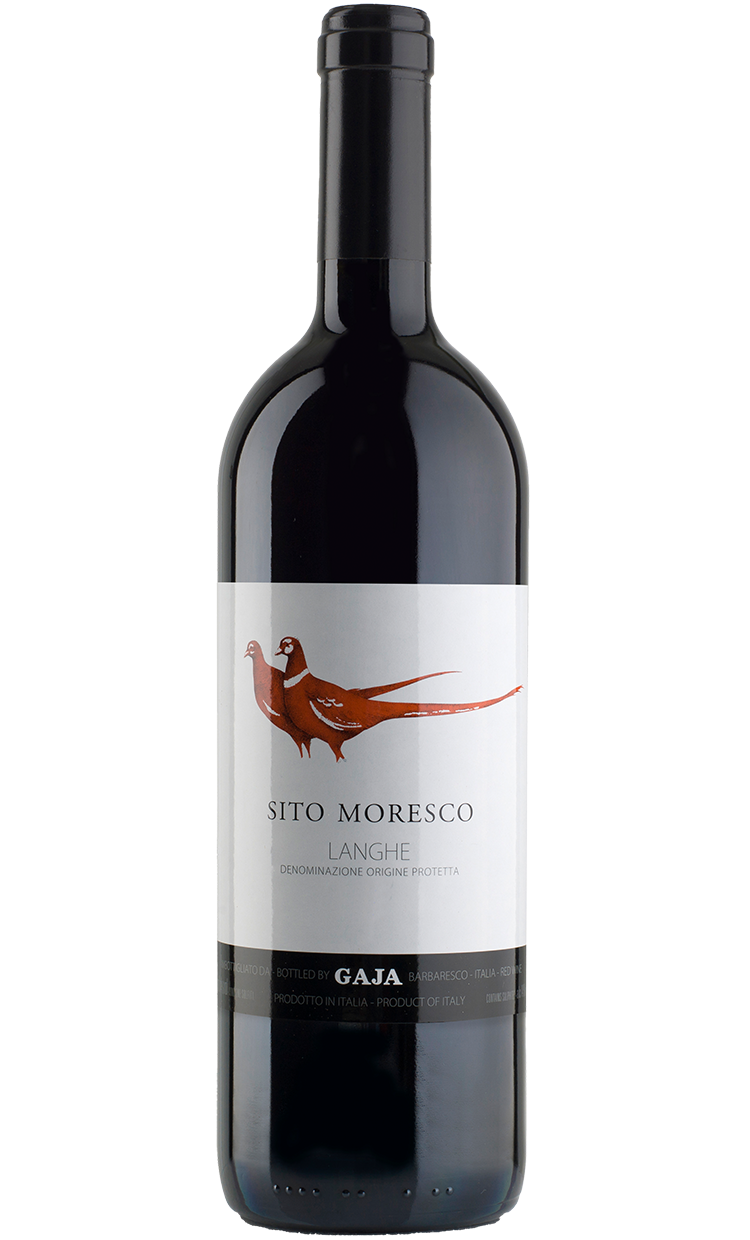
The name was inspired by Moresco, the previous owner of the Pajorè vineyard which GAJA purchased in 1979. The vineyards are located mainly in Pajorè inTreiso, and some in Barbaresco and Serralunga. The two varieties ferment separately for three weeks. After the malolactic fermentation, they are blended and then aged in oak for 12 months.
Sito Moresco combines the complexity of Nebbiolo with the roundness of Barbera. The wine has a refined bouquet of small red fruits. In the mouth, it is elegant, fruity, fresh, and harmonious. Smooth tannins make the wine suitable for both immediate and later consumption.
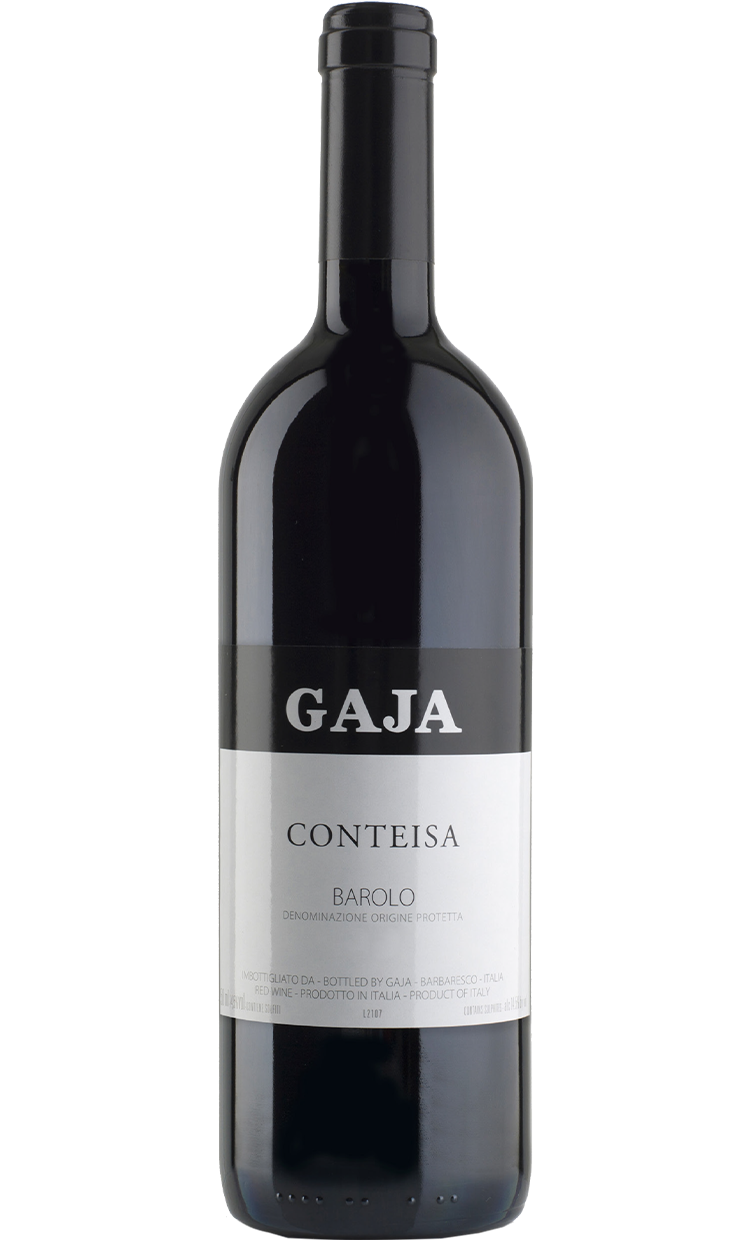
The Piedmontese word Conteisa (contest) recalls the dispute which lasted for over 100 years between the two municipalities of La Morra and Barolo for the possession of the renowned Cerequio area. The dispute was finally settled with an agreement signed in 1275 which can be found in the La Morra municipal archives. The Conteisa vineyard is in Cerequio, in the municipality of La Morra. This single vineyard faces south and consists of clay, calcareous marl soils with a considerable presence of sand with an abundant water reserve underneath. It covers an area of 6 hectares, with an average altitude of 380m above sea level. The vines have an averageage of 70 years. Fermentation and maceration for around three weeks followed by ageing in oak for 30 months.
Conteisa is very fresh and aromatic with flowery and delicate notes. On the palate, it reveals sweet wild cherries, aromatic herbs, and a voluptuous body, with a harmonious and balanced tannin texture. High ageing potential.
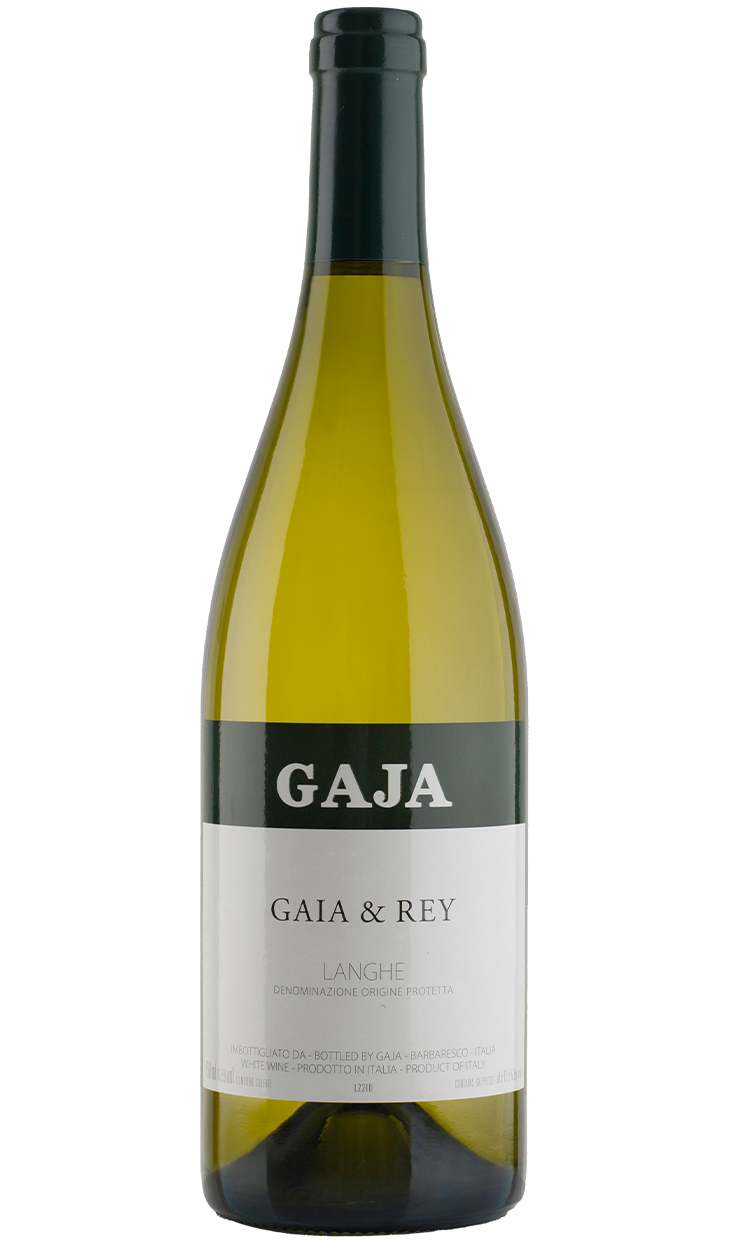
The first Chardonnay vineyard planted in Piemonte and the first Italian white wine aged in barriques. Gaia & Rey was named by Angelo after his first daughter, Gaia, and his grandmother Clotilde Rey. The Vineyards are located in Treiso and Serralunga. After fermentation, the wine is aged in oak for 18 months.
Nose with complex and fragrant notes. Great intensity and length in the mouth, an elegant character with mineral notes, and nice acidity. Excellent bottle ageing capacity.
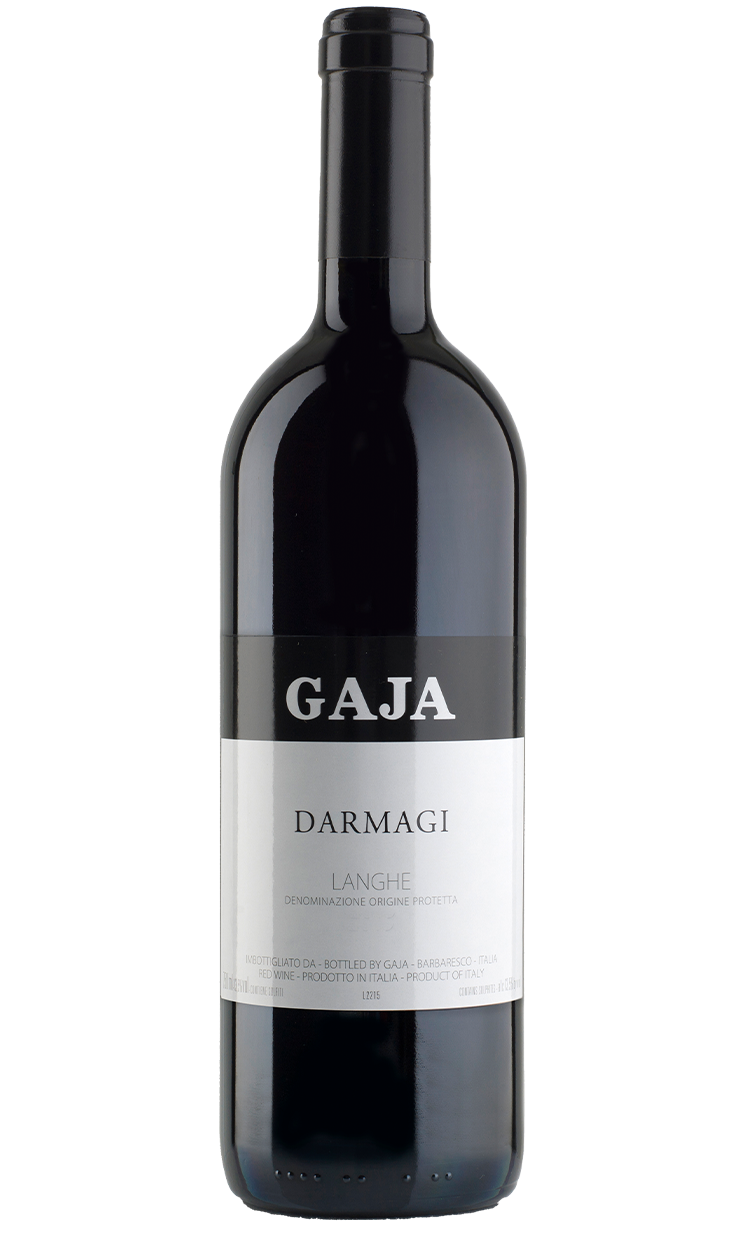
A single vineyard in Barbaresco, Darmagi is the first post-Phylloxera Cabernet Sauvignon vineyard planted in Piedmont. Angelo's father, Giovanni Gaja, unintentionally named this wine when he proclaimed, "Darmagi!"(What a pity!) in Piedmontese dialect, at the news that Cabernet Sauvignon was planted instead of Nebbiolo. Planted in 1978, it was chosen by Angelo Gaja to demonstrate the Langhe’s capacity to produce great wines from non-traditional varieties. The vineyard faces south, covers a surface area of 3 hectares, and has an average altitude of 280m above sea level. Fermentation and maceration for around three weeks. Ageing in oak for 24 months.
Displays well defined varietal character, yet the Barbaresco soil emphasizes its early austerity. A refined and complex wine, it has a dark colour, with spicy aromas of paprika, licorice, cassis fruit, and flowers-especially violet. This wine has a remarkable structure, with refined tannins. Suitable for long ageing.
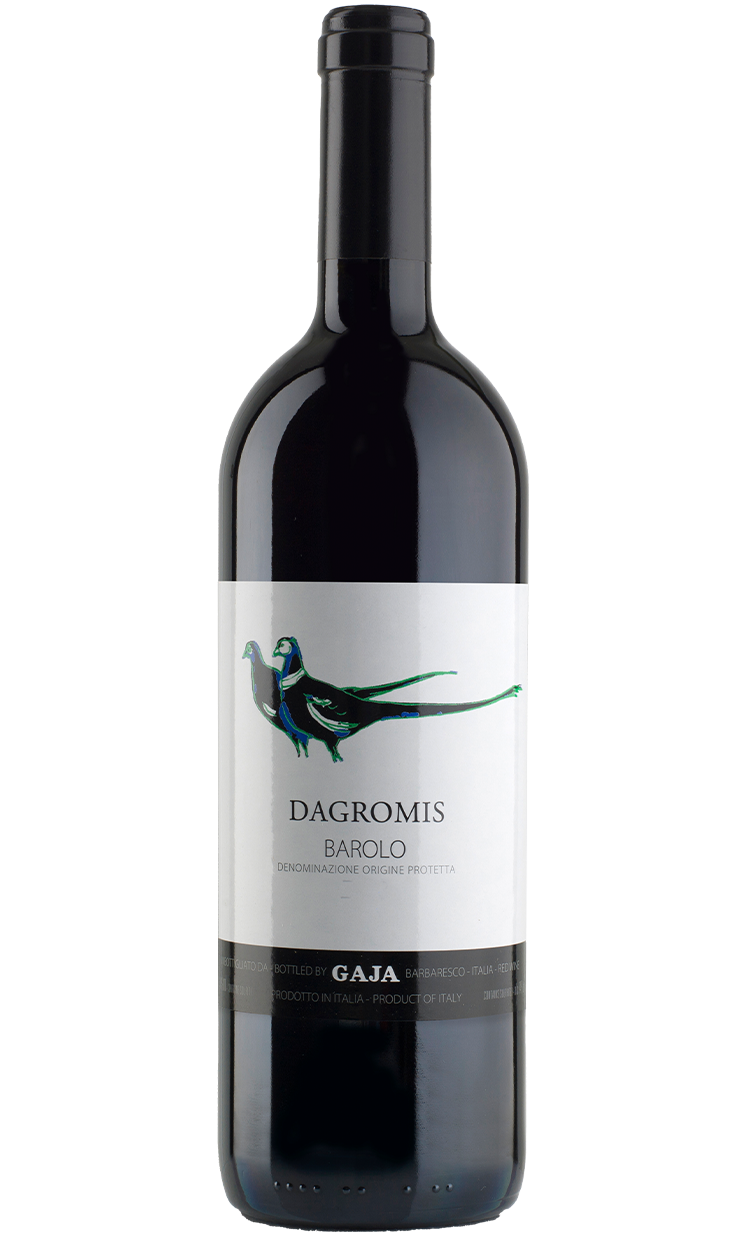
A captivating Barolo that expresses the power of Serralunga and the elegance of La Morra. The vineyards are located In Serralunga and La Morra. The grapes from each vineyard separately undergo fermentation, maceration, and ageing in oak for 12 months. They are then blended and further aged in oak for another 18 months. An expression of two great terroirs of Barolo, La Morra and Serralunga, Dagromis combines hints of small red fruits with intense flowery and balsamic notes. The structure in the mouth is well defined. Outstanding ageing potential.
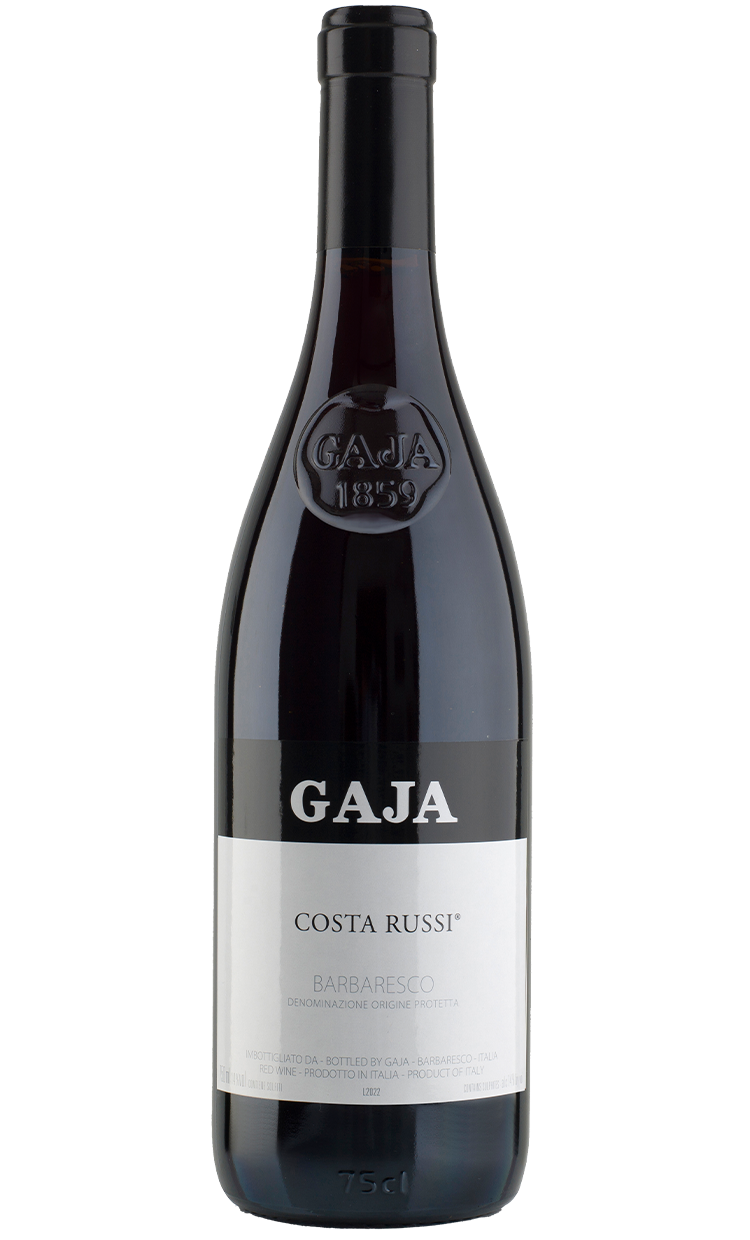
Costa means the side of a hill and Russi was the nick name of the old farmer who worked in this vineyard. The Costa Russi vineyard is in the municipality of Barbaresco, at the foot of a hill just below Sorì Tildìn. The land faces southwest and consists of compact clay soil. It covers a surface area of 4.35 hectares, with an average altitude of 230m above sea level. The vines have an average age of 75 years. Fermentation and maceration for around three weeks, followed by ageing in oak for 24months. Costa Russi has a particularly intriguing bouquet. Elegant and smooth from its early age, it is a full-bodied wine, with a great tannin structure and length. High ageing potential.
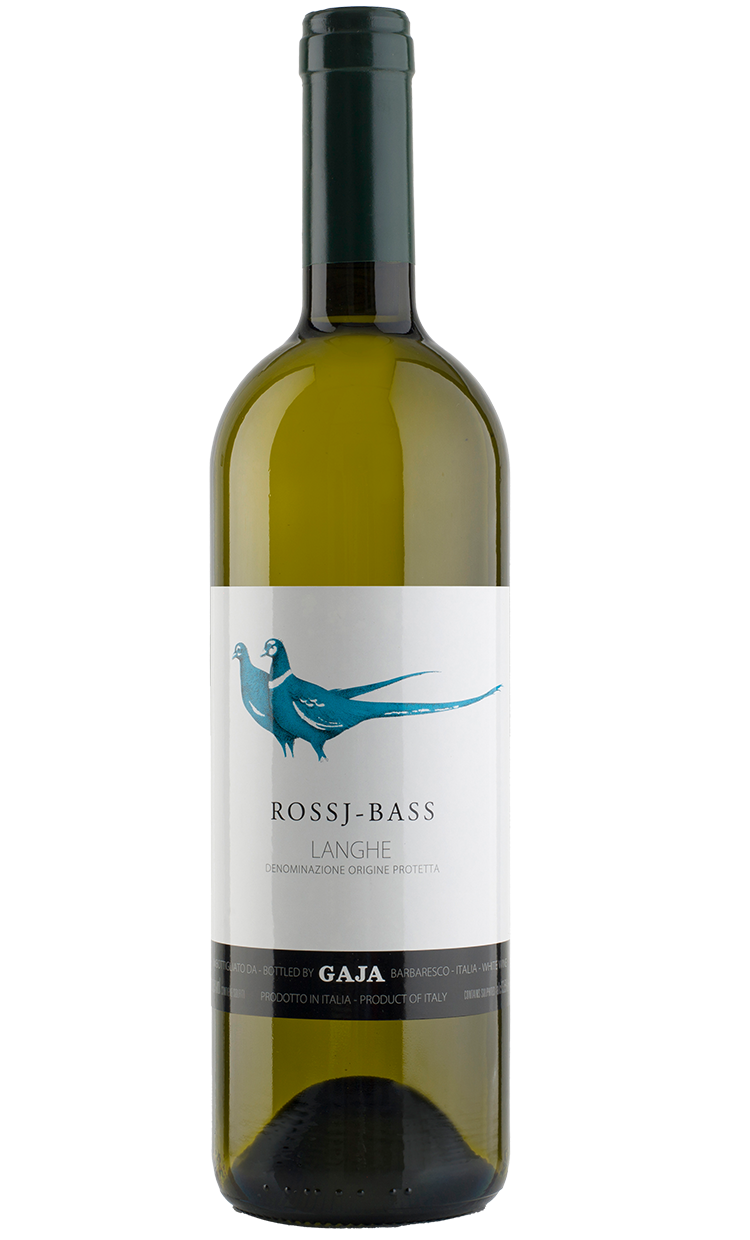
A blend of grapes coming from different vineyards, including Rossj, which Lucia and Angelo named after their second daughter, Rossana. The grapes are grown at Barbaresco and Serralunga vineyards. Stainless steel fermentation and ageing in oak for 9 months. Aromas of white flower and citrus with a hint of honey. Strong character, good acidity fresh and lingering finish. Good bottle ageing capacity.
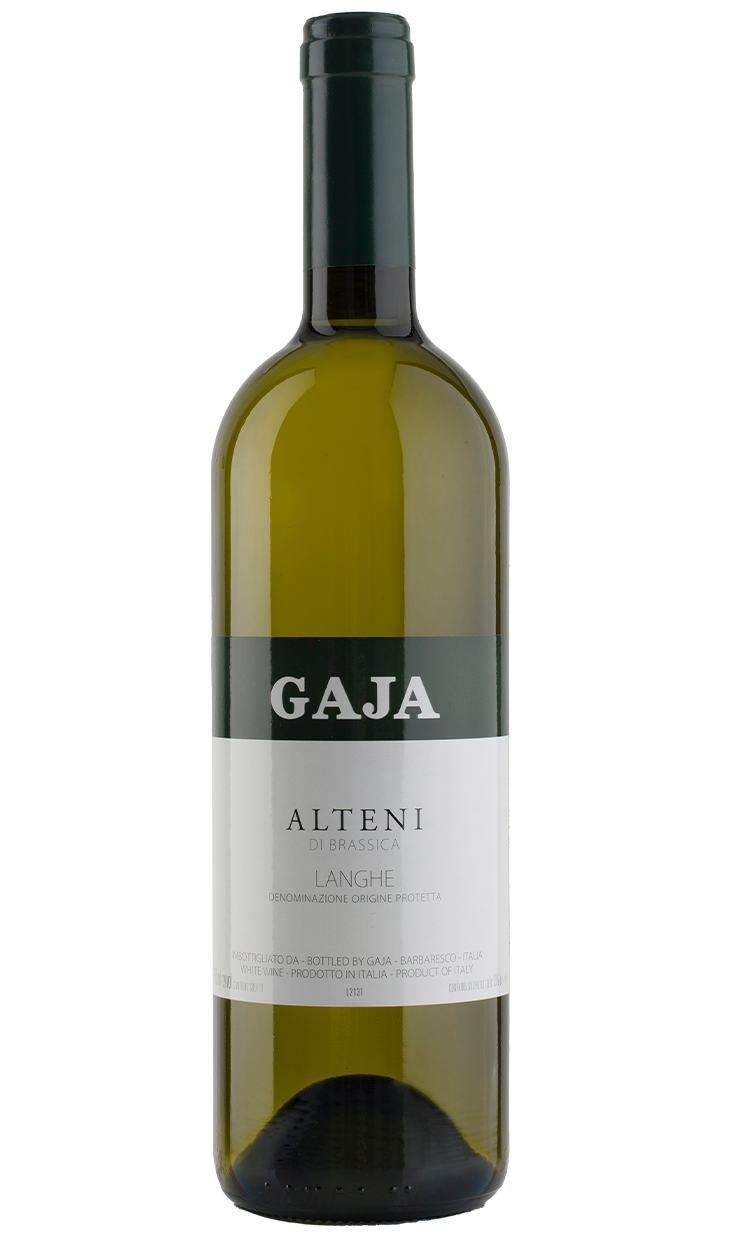
The name originates from Alteni, small stone walls that once surrounded the plots of land, and Brassica, yellow flowers growing In the vineyards in spring. The Sauvignon Blanc grapes are grown at Barbaresco's and Serralunga's vineyards. After the fermentation, the wine is ageing in oak barrel for12months.
Well-defined fruity notes; grapefruit, papaya, pear with flower, and hints of spices. Balanced body, defined structure, and great freshness. Excellent bottle ageing capacity.
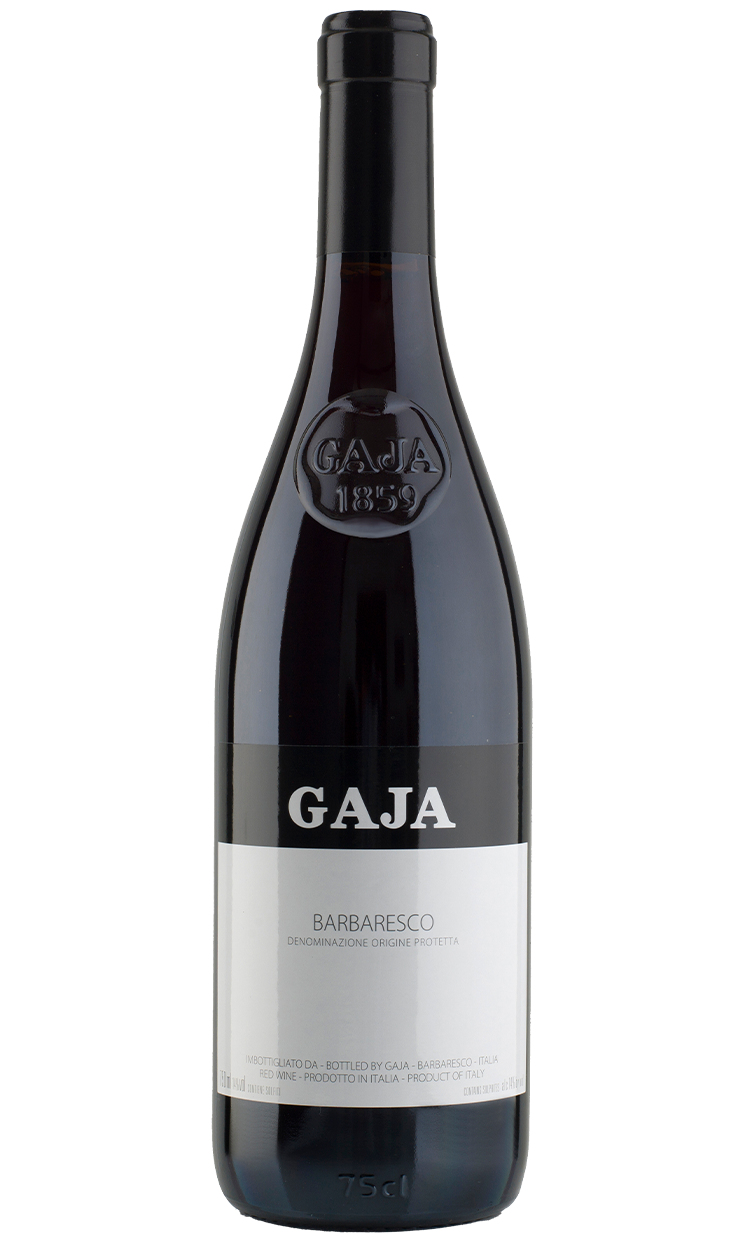
Barbaresco is the flagship wine of the GAJA estate consistently produced since1859. 14 vineyards situated in the municipality of Barbaresco and Treiso. The average age of the vines is 50 years. The land covers 21.4 hectares and has an altitude of 250-330 meters above sea level. The grapes from each vineyard separately undergo fermentation, maceration, and ageing in oak for 12 months. They are blended and further aged in oak for 12 additional months.
Nebbiolo is particularly affected by the small differences found in the various soil types. The blend of the grapes from 14 vineyards emphasizes the features of the different terroirs and creates a complex and balanced wine. The bouquet smells of red fruits, flowers, delicatespices, and mineral notes. The structure is dense but elegant. It has a lingering finish
with refined tannins. Each GAJA Barbaresco is the faithful expression of the production year and is suitable for long bottle ageing.
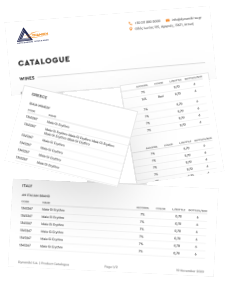
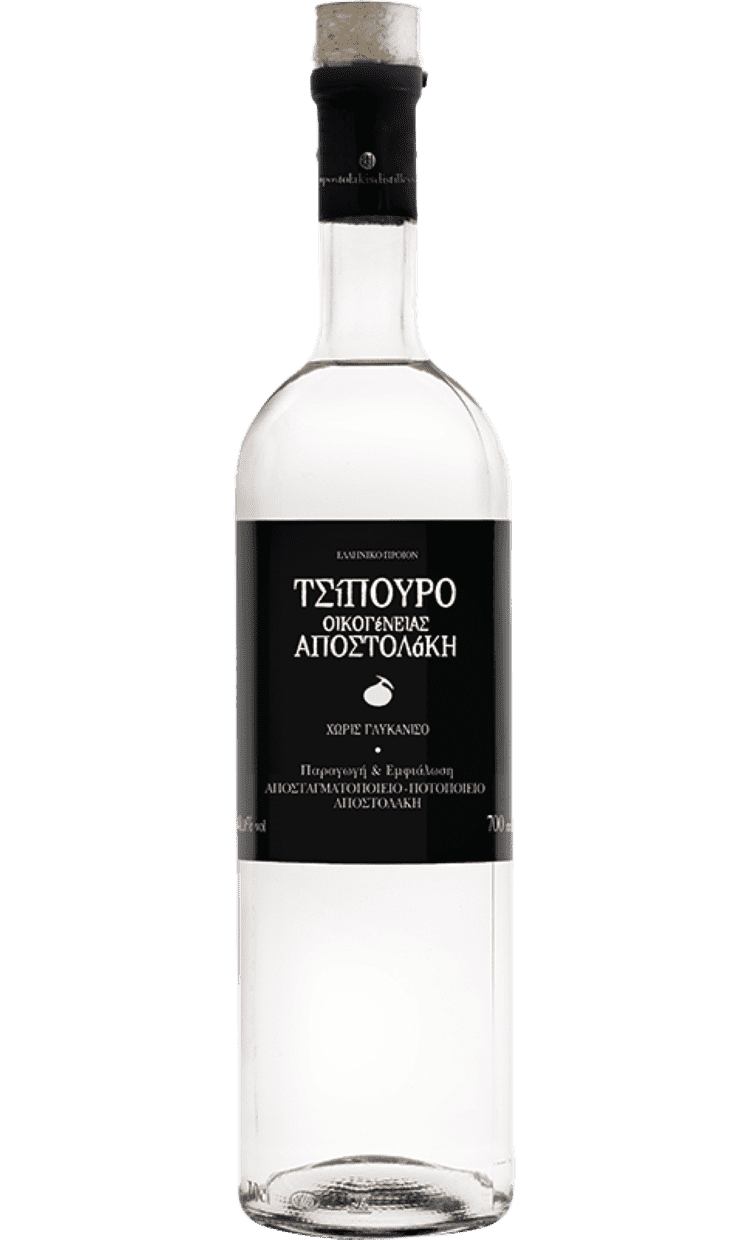
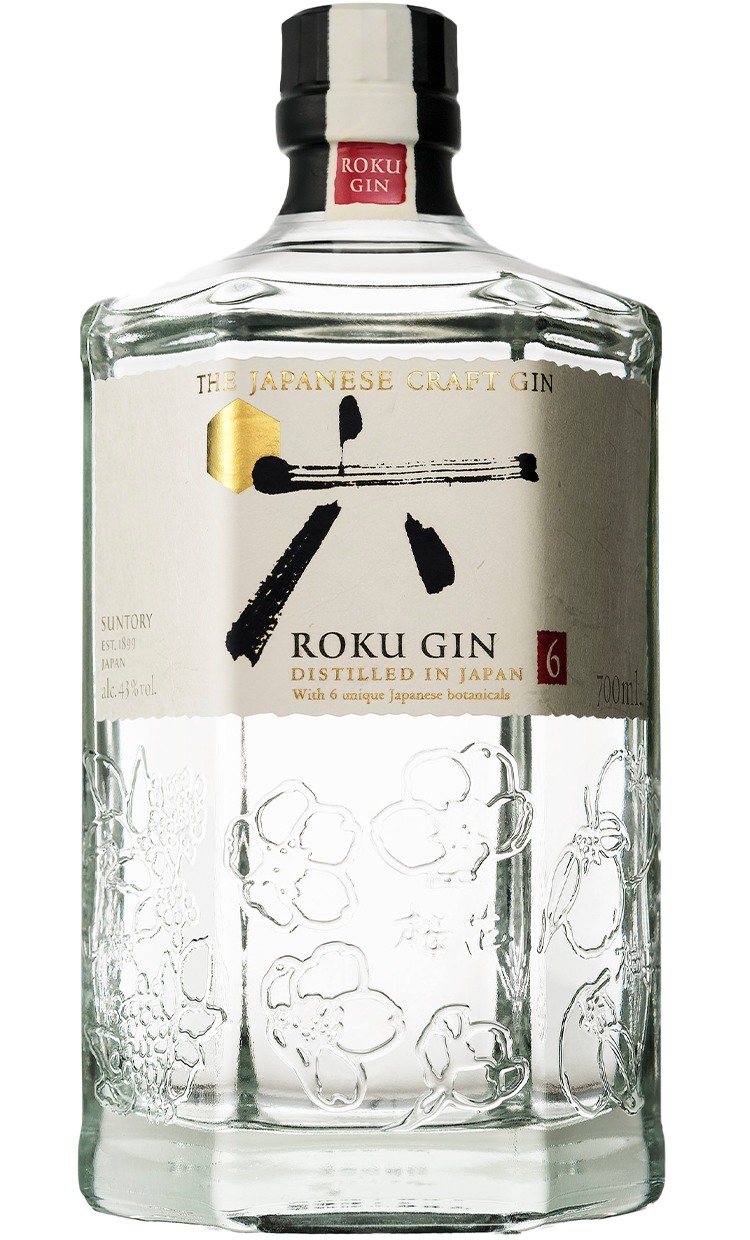
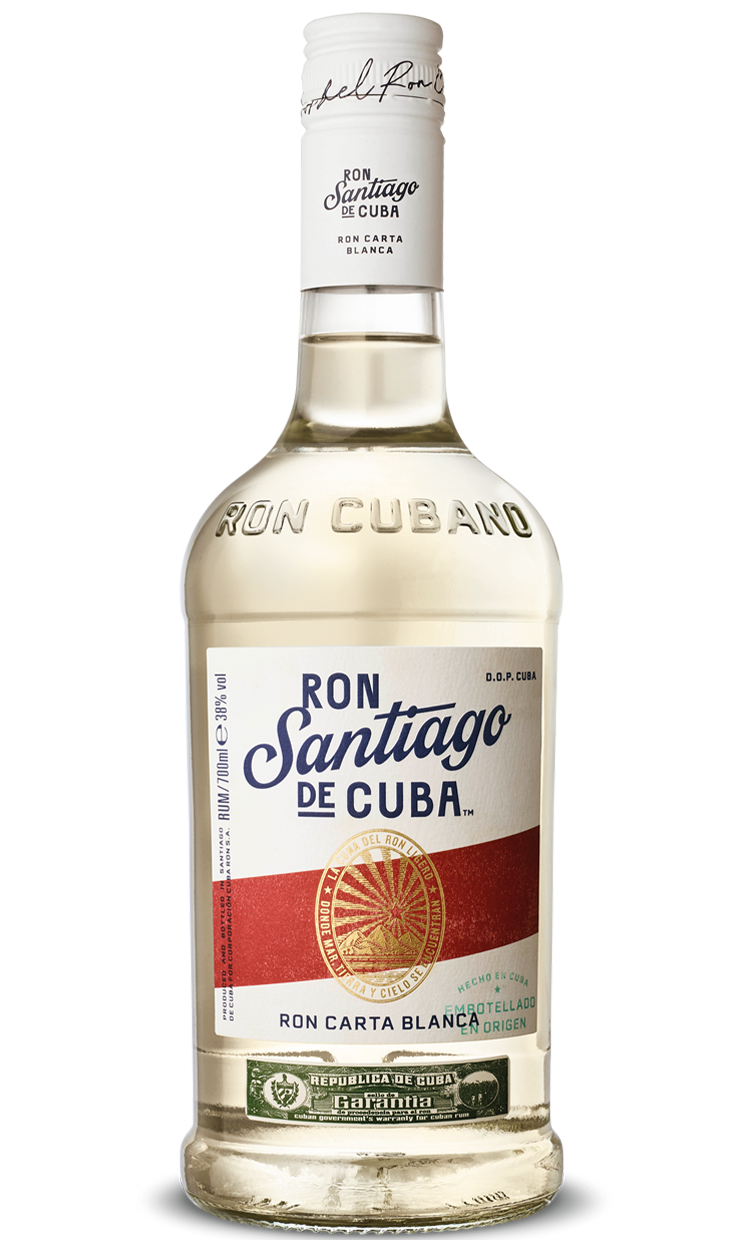
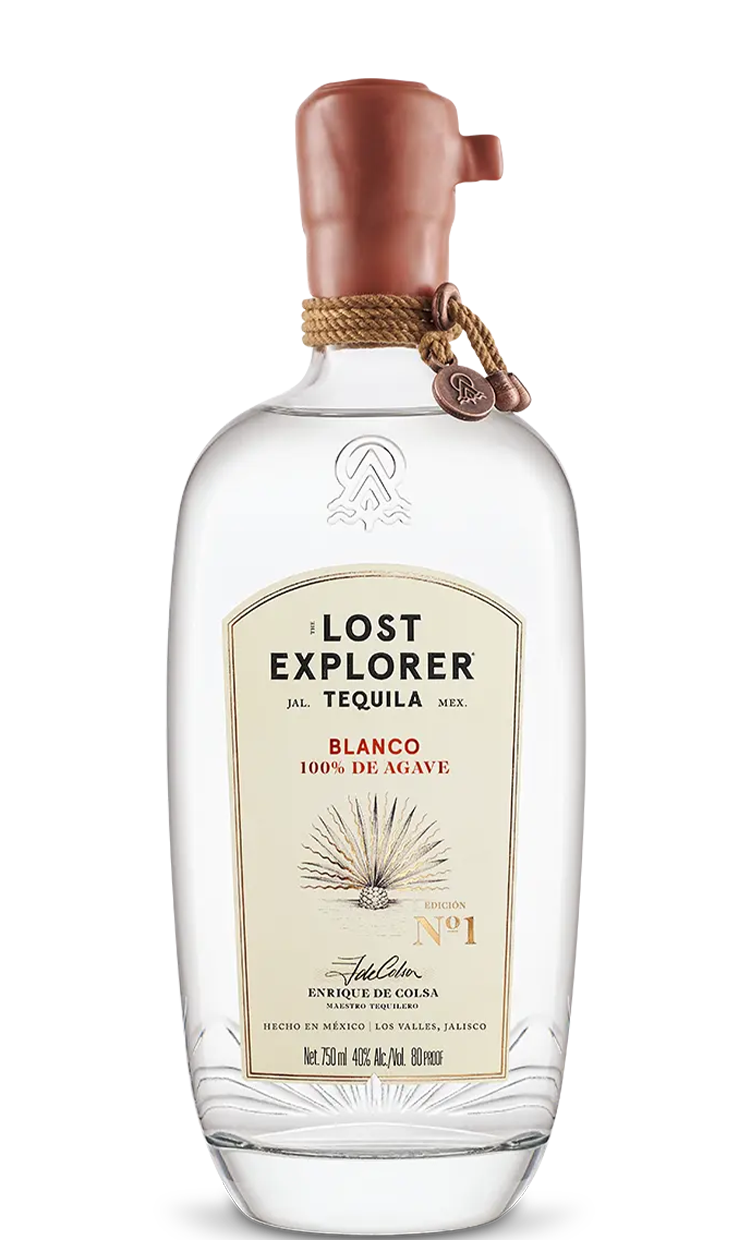
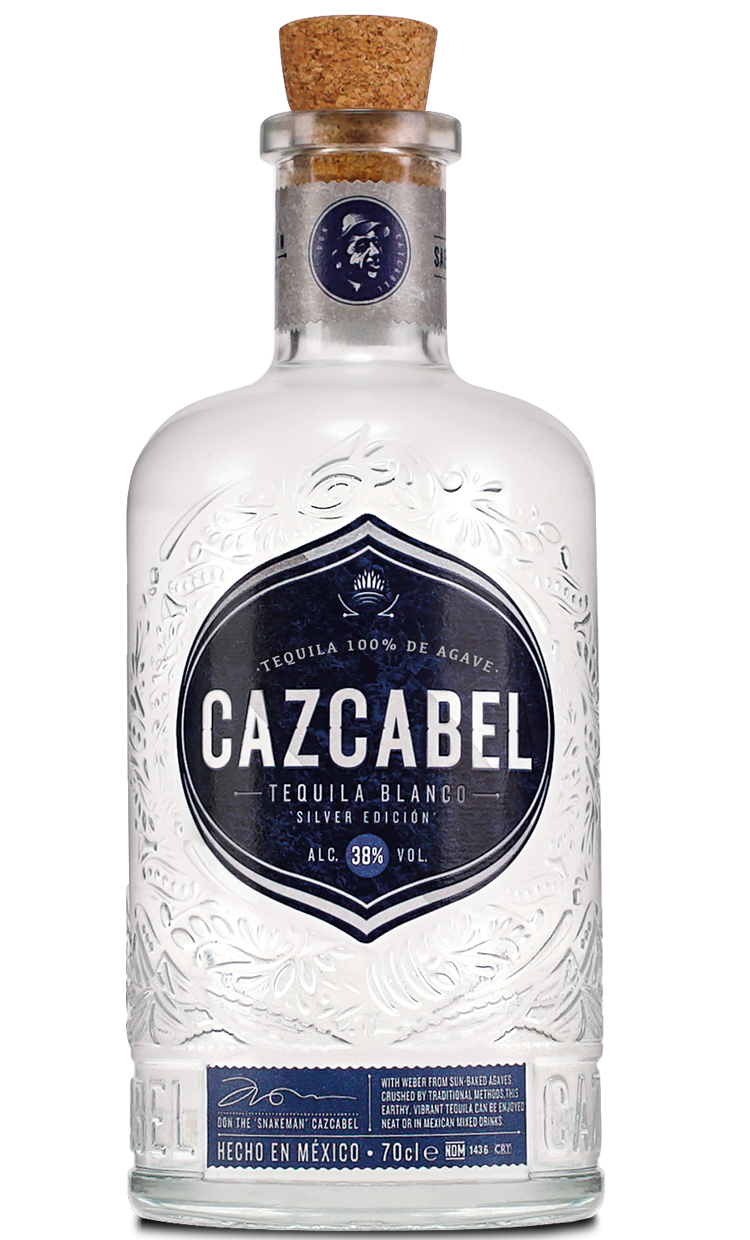
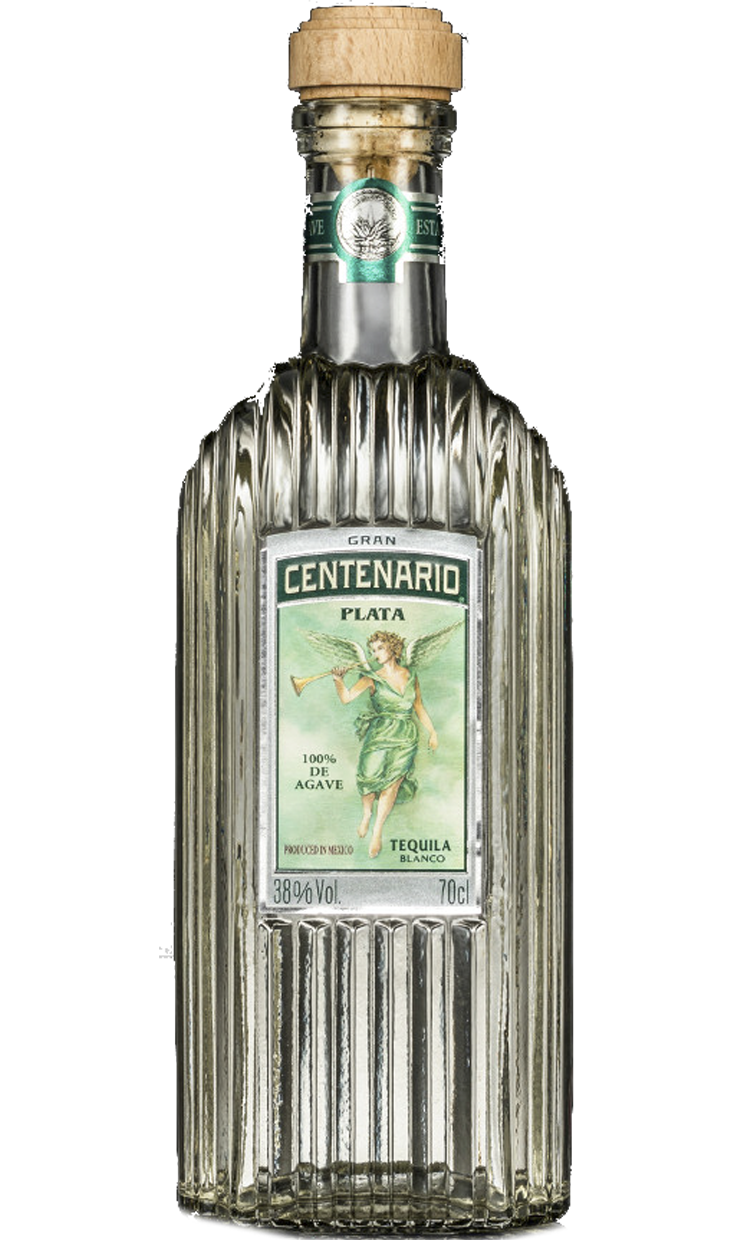
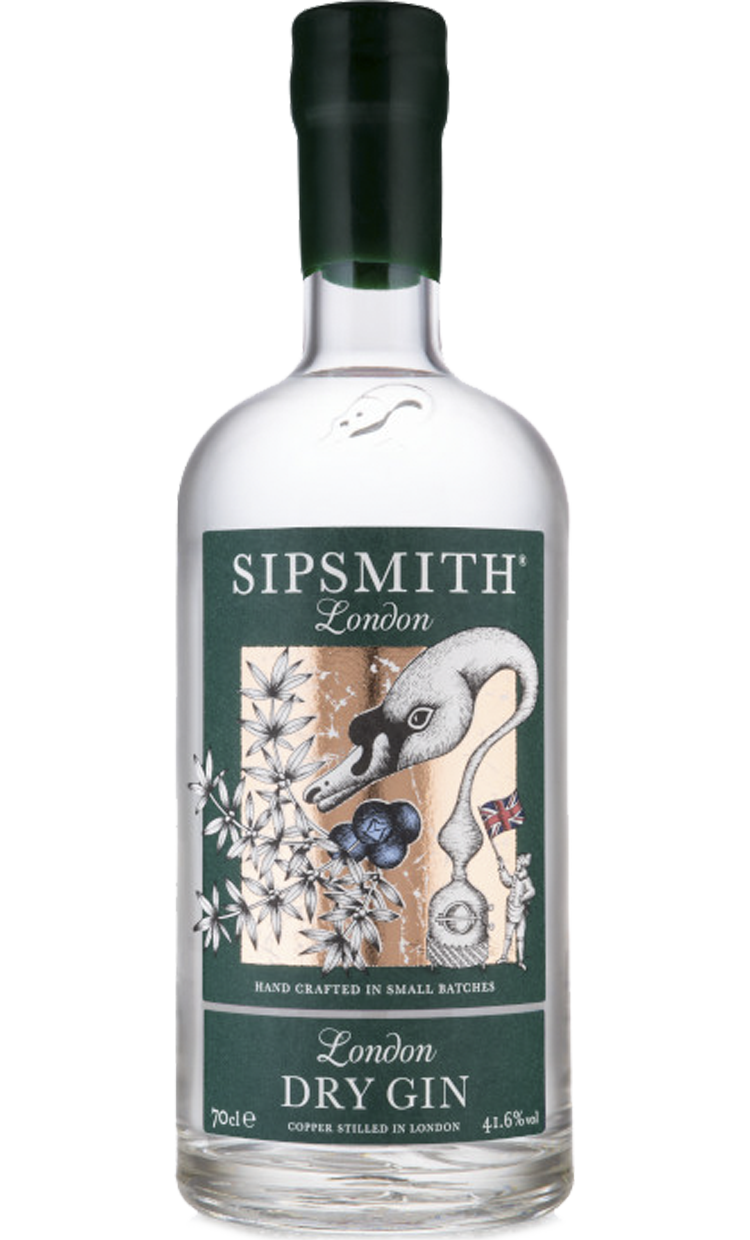
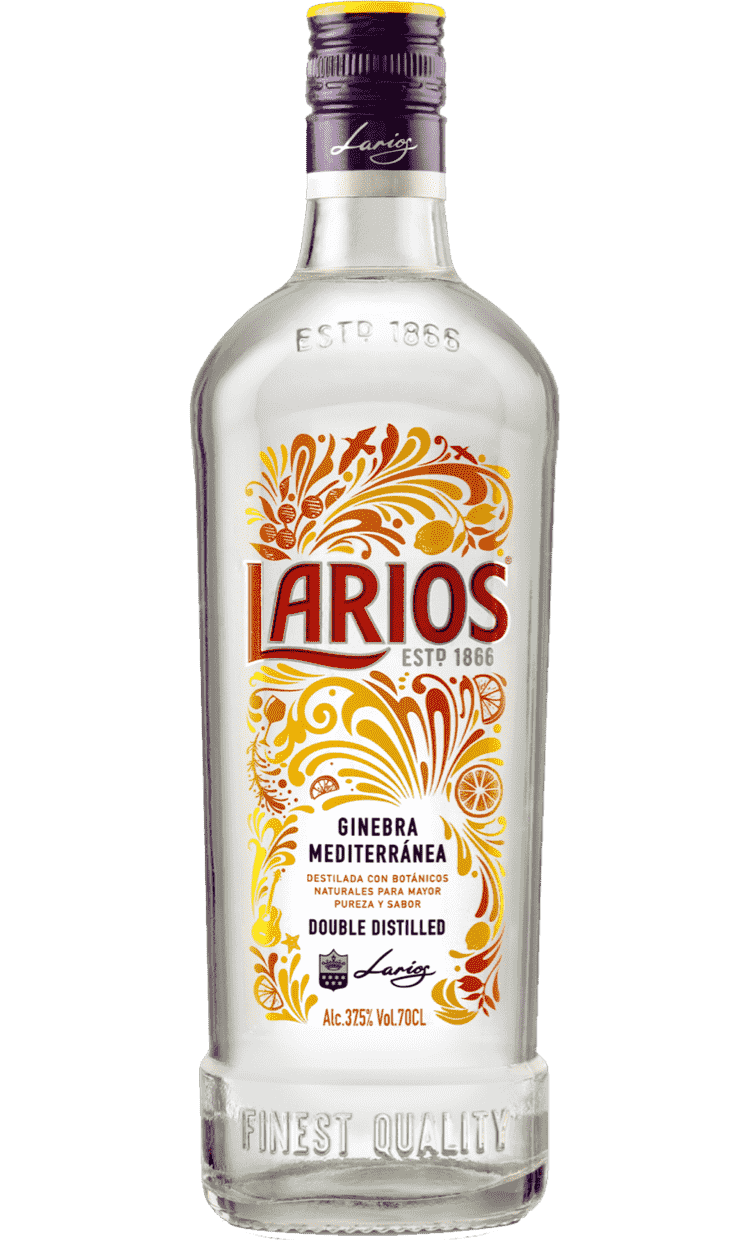
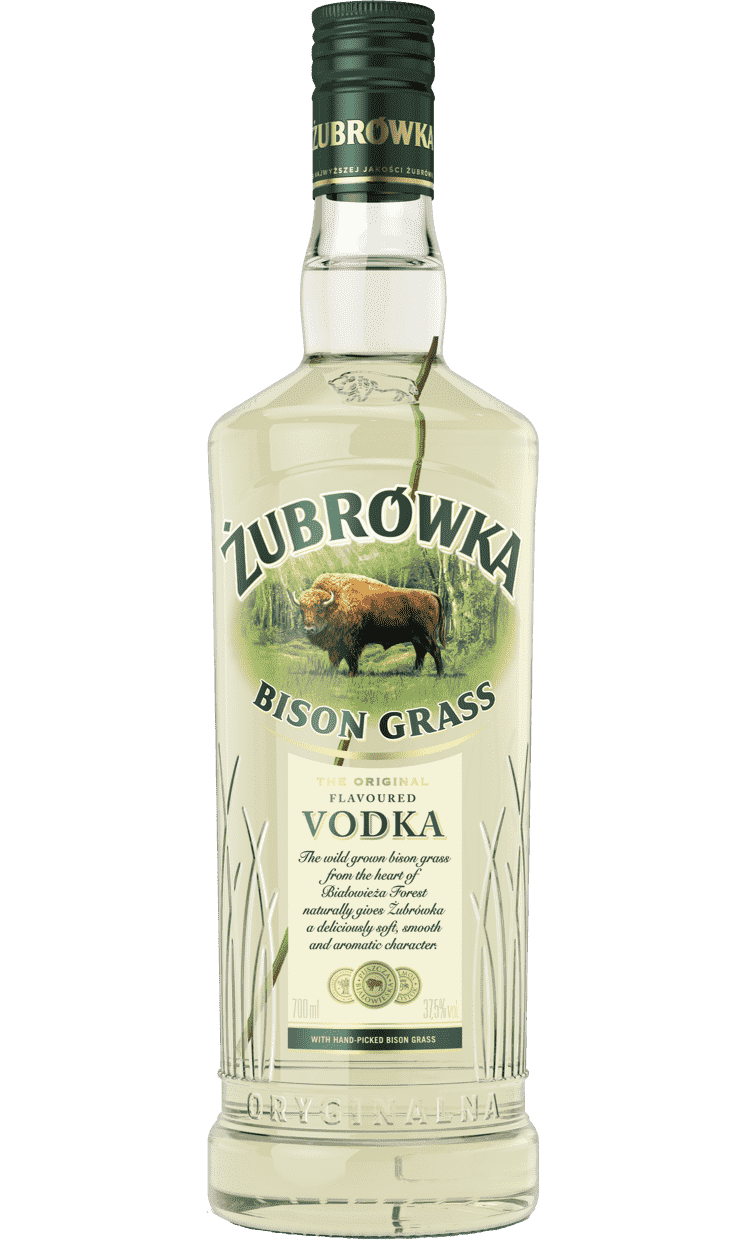
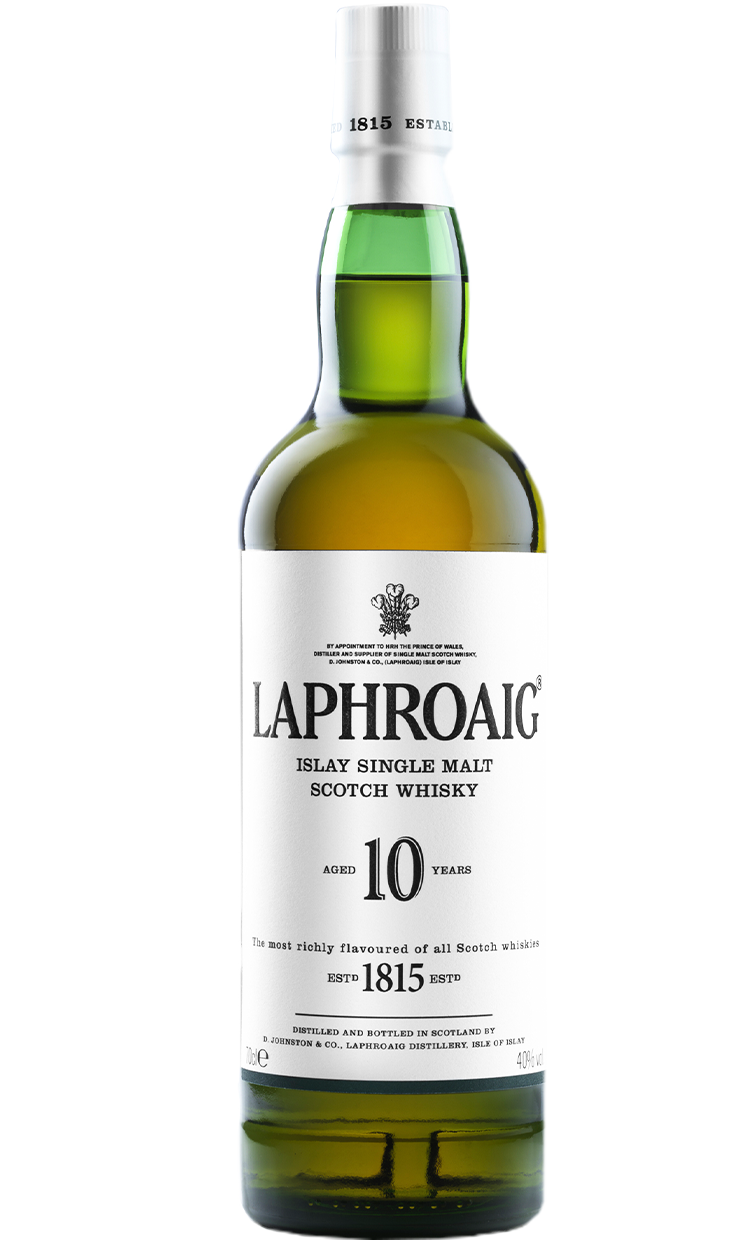
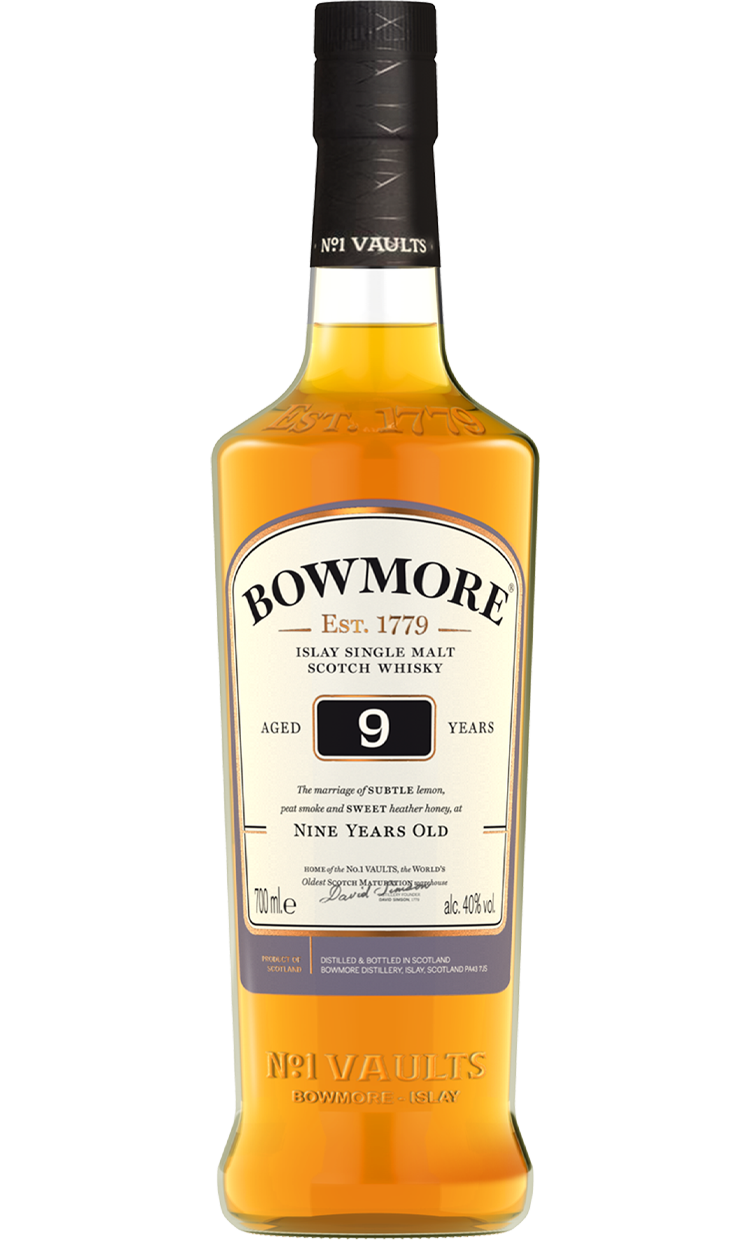
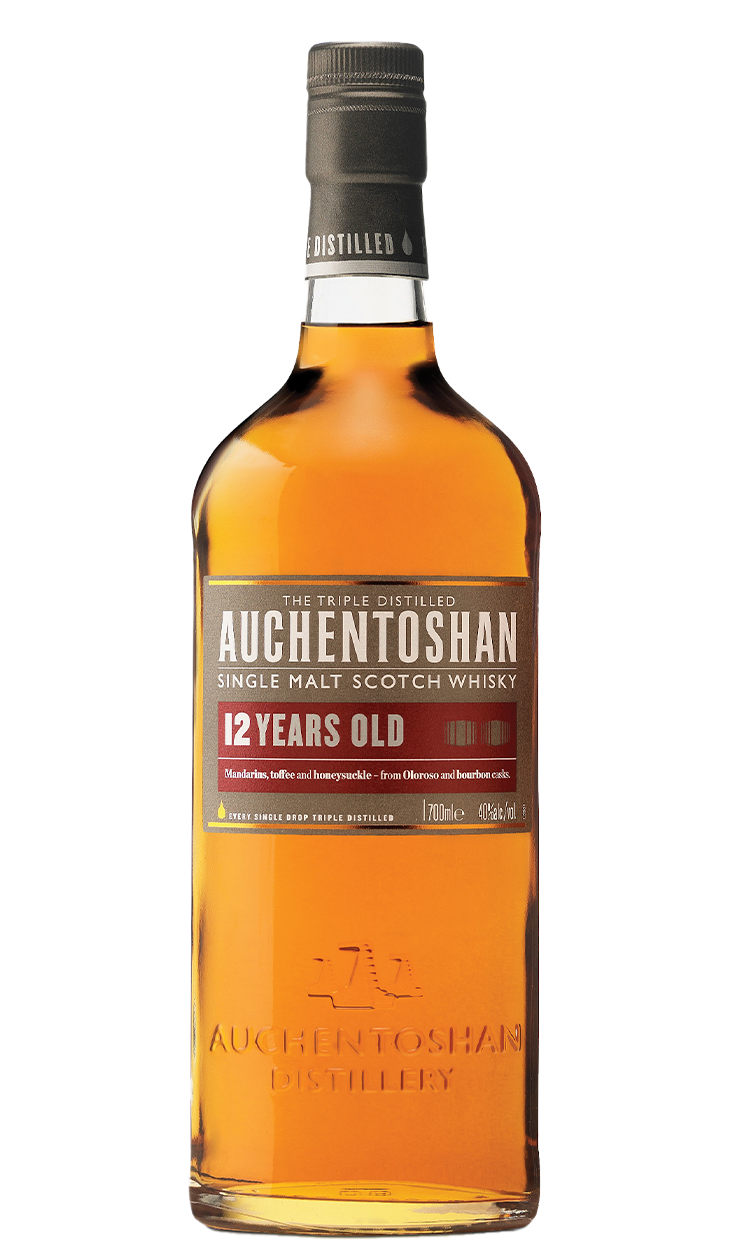
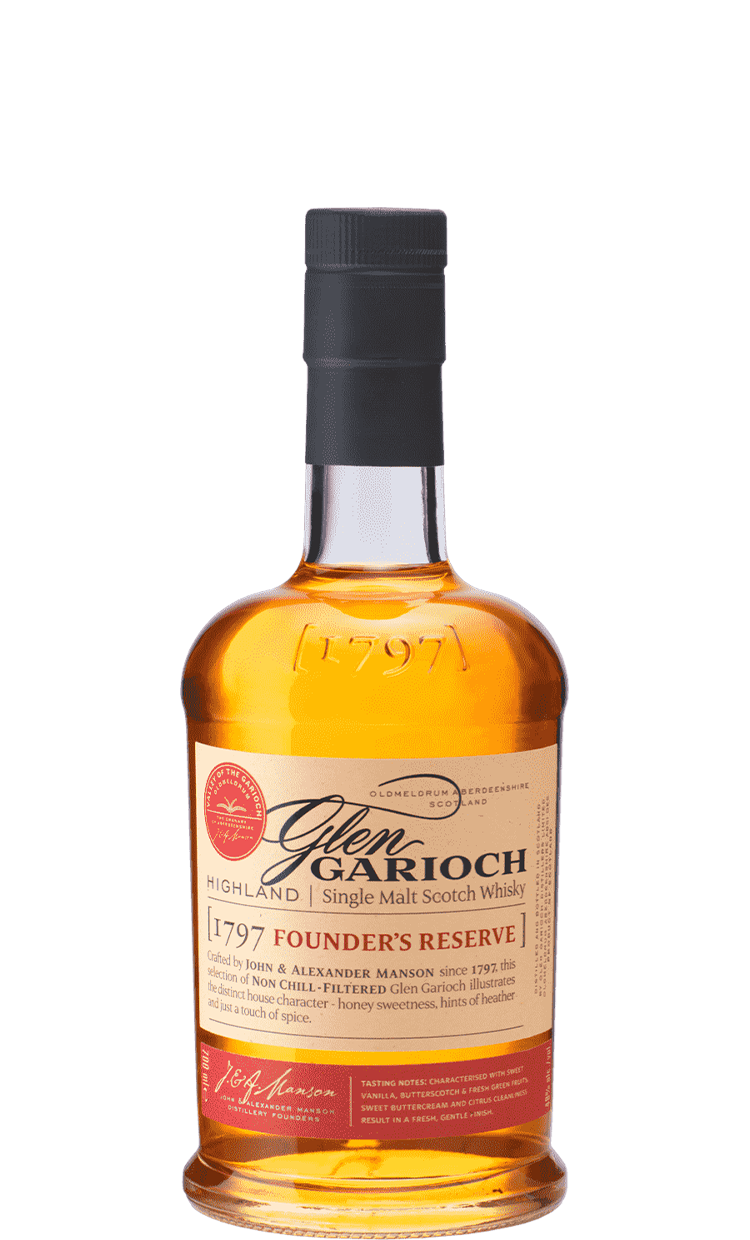
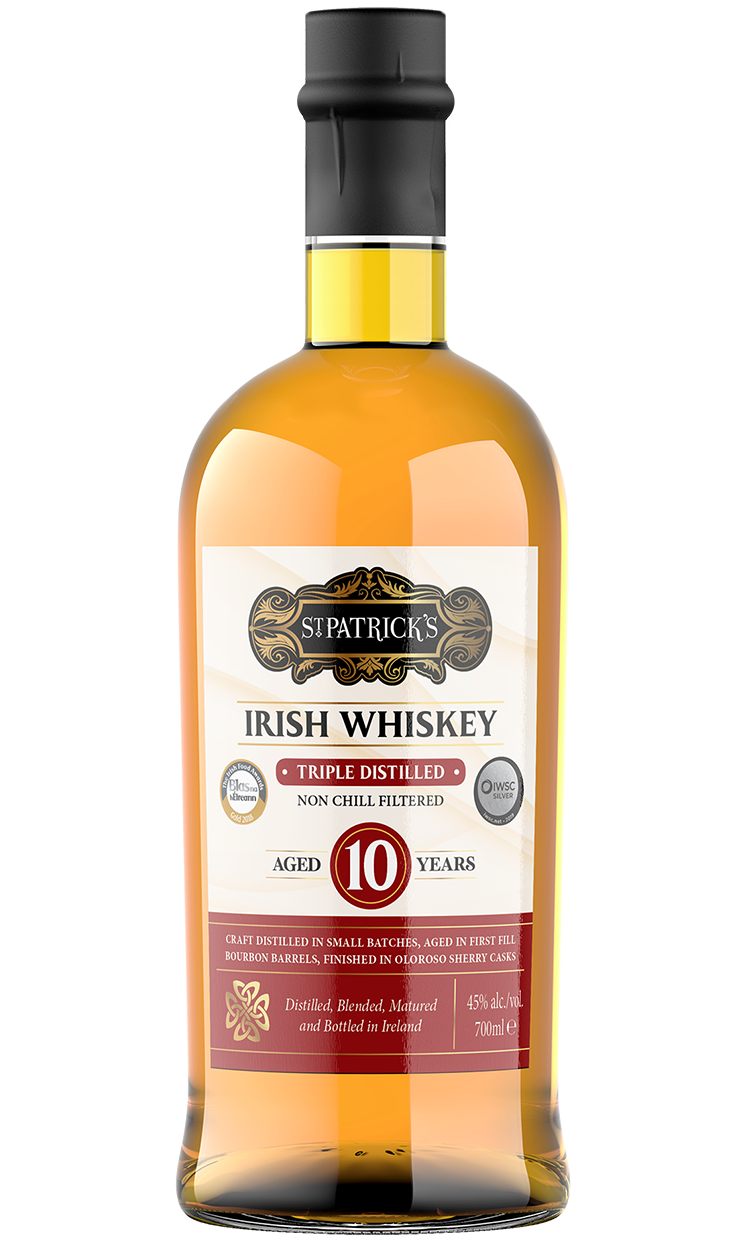
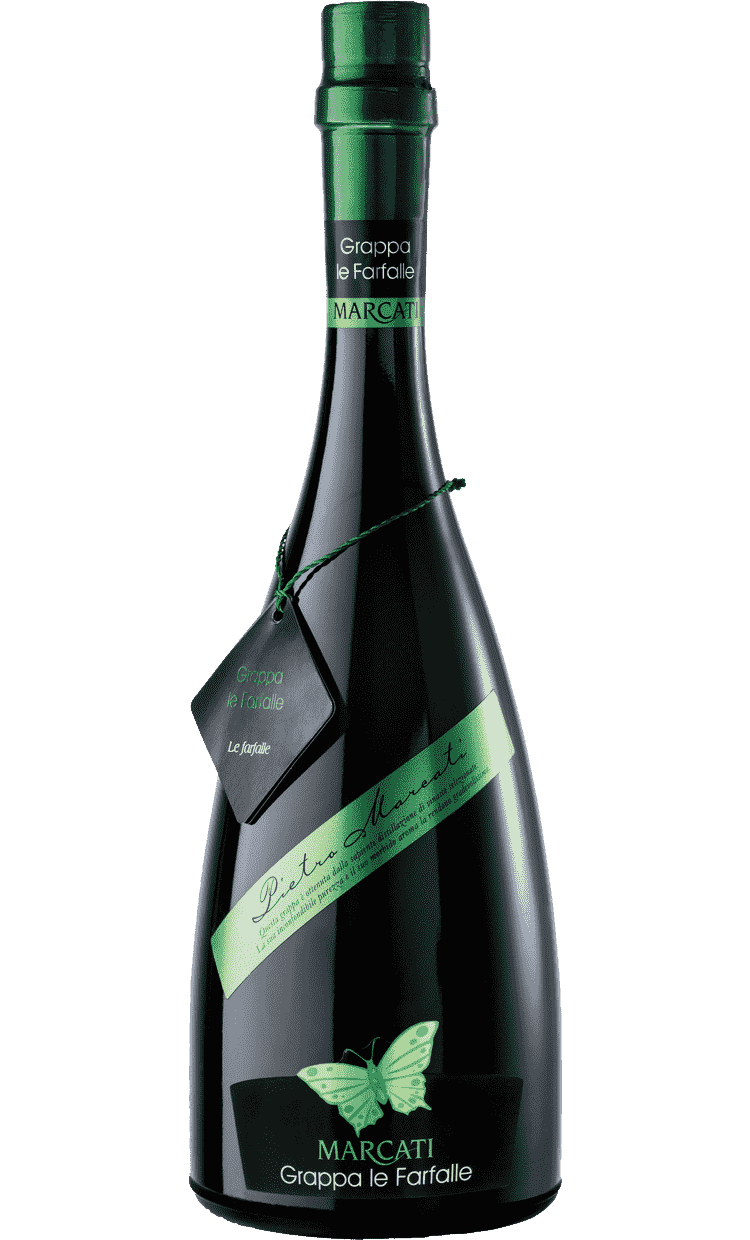
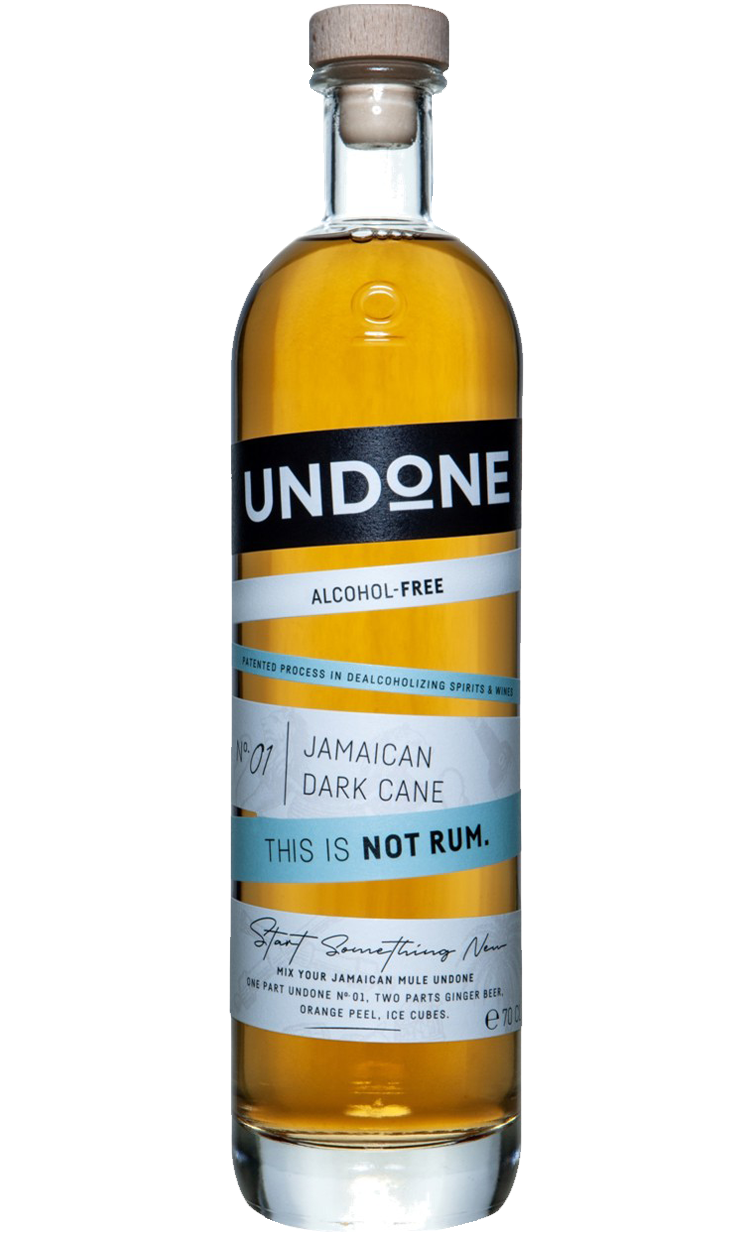
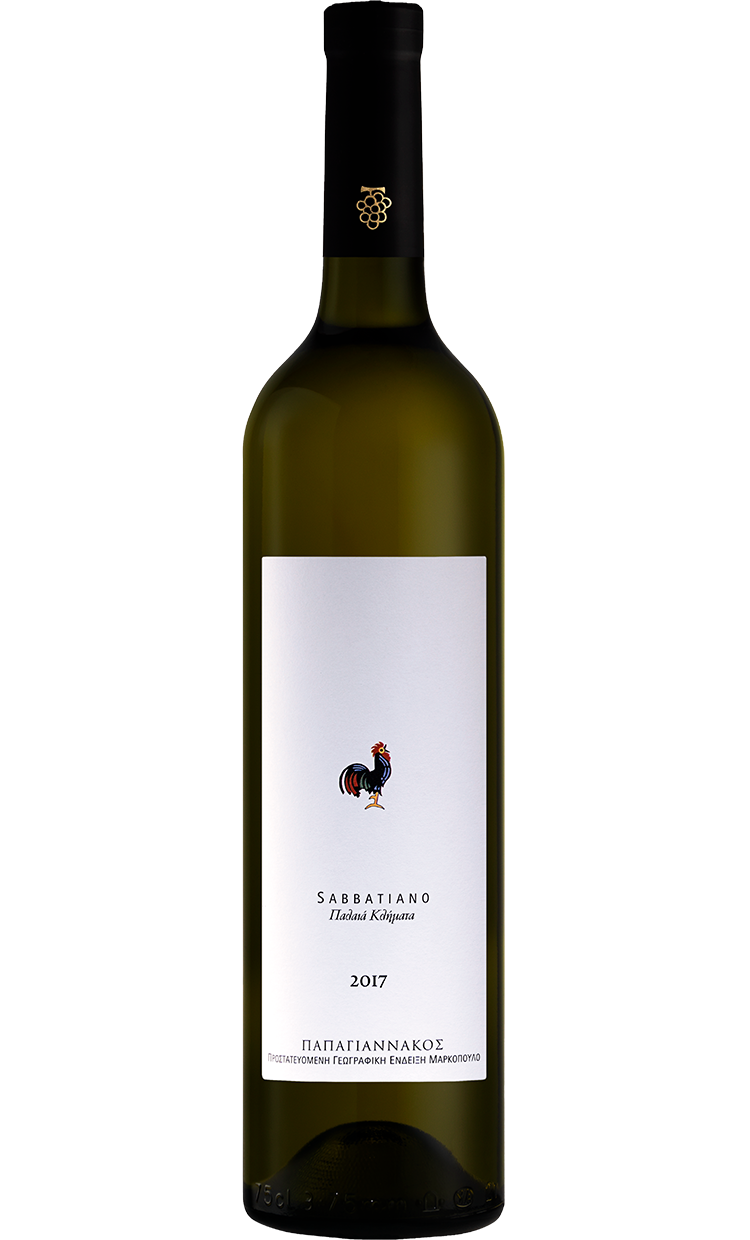
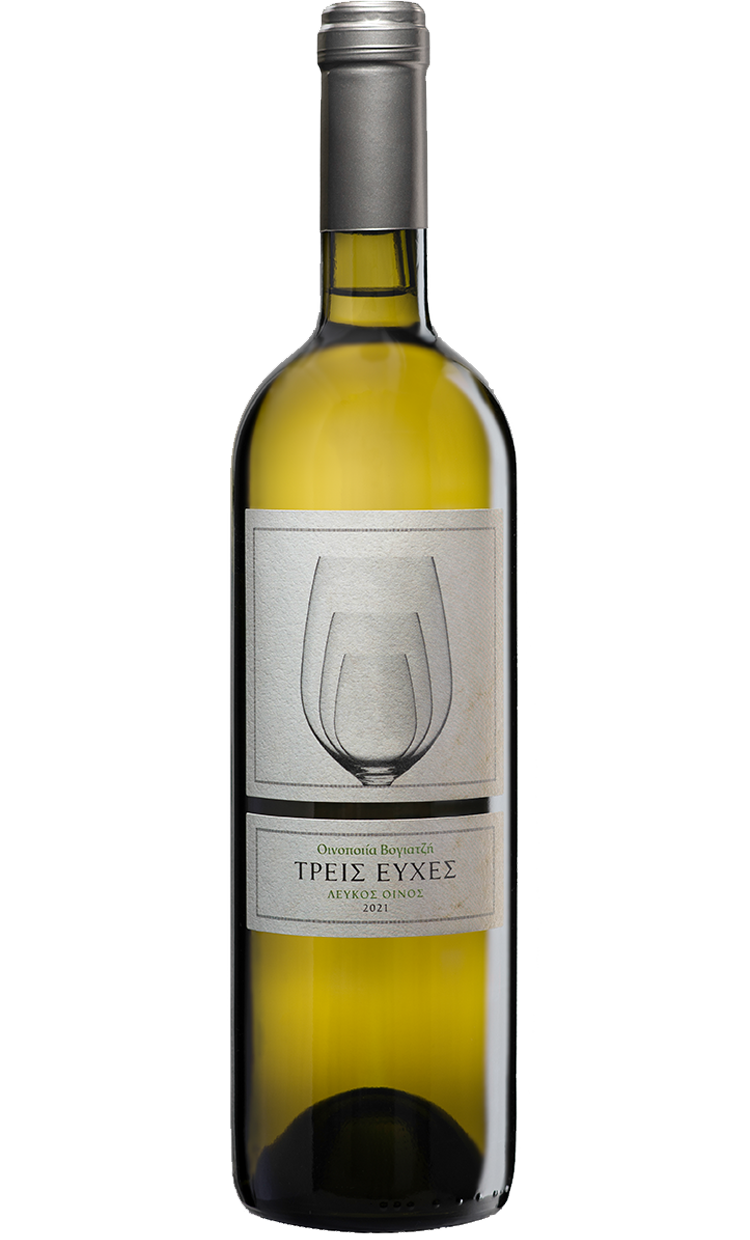
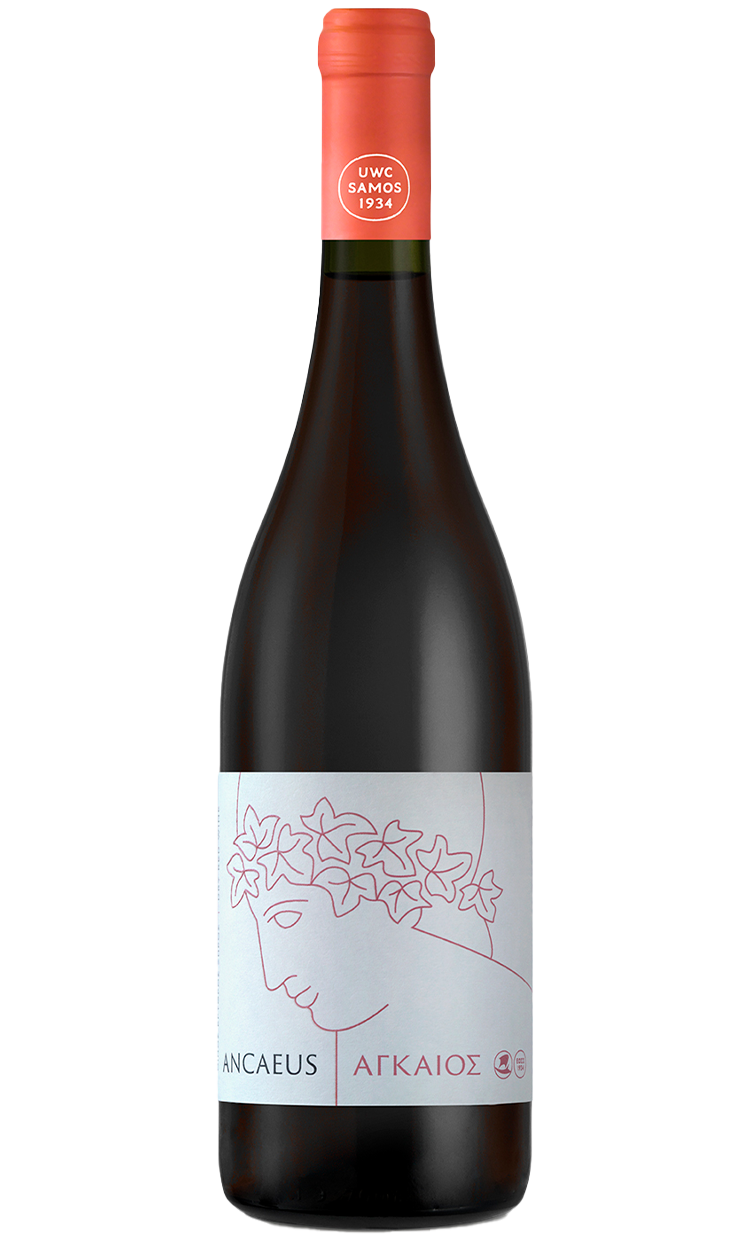
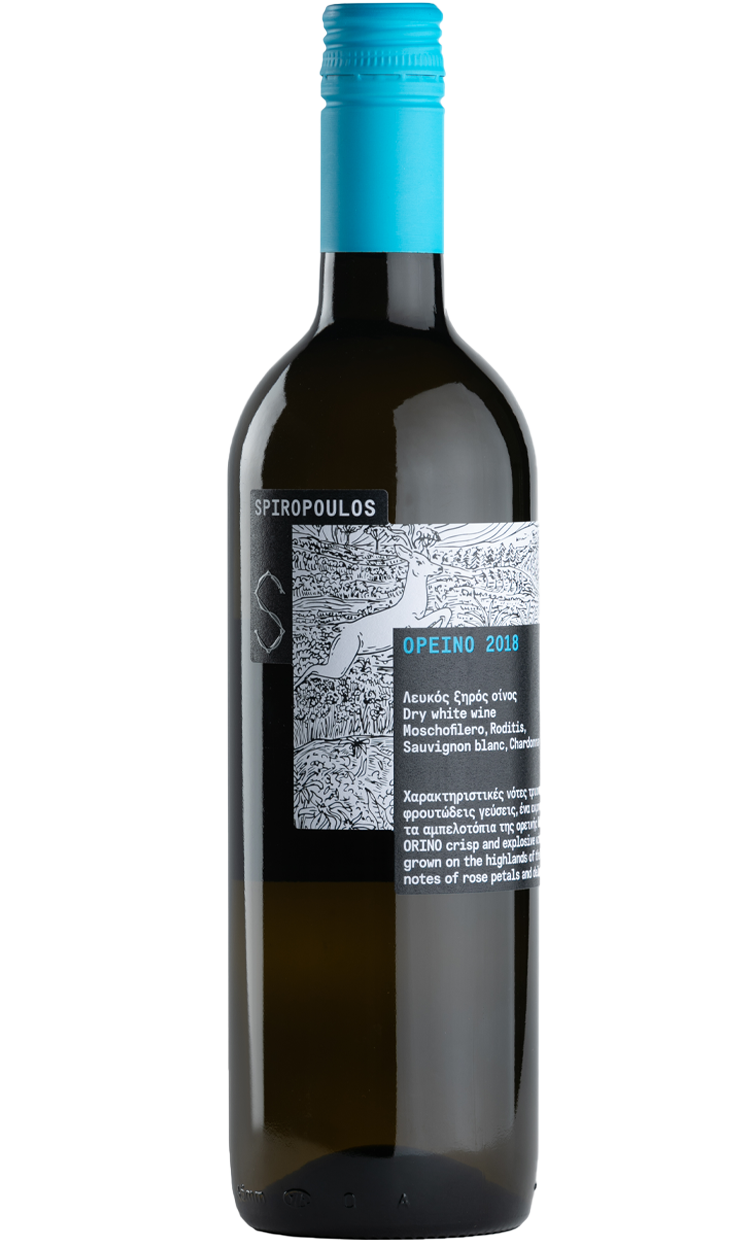
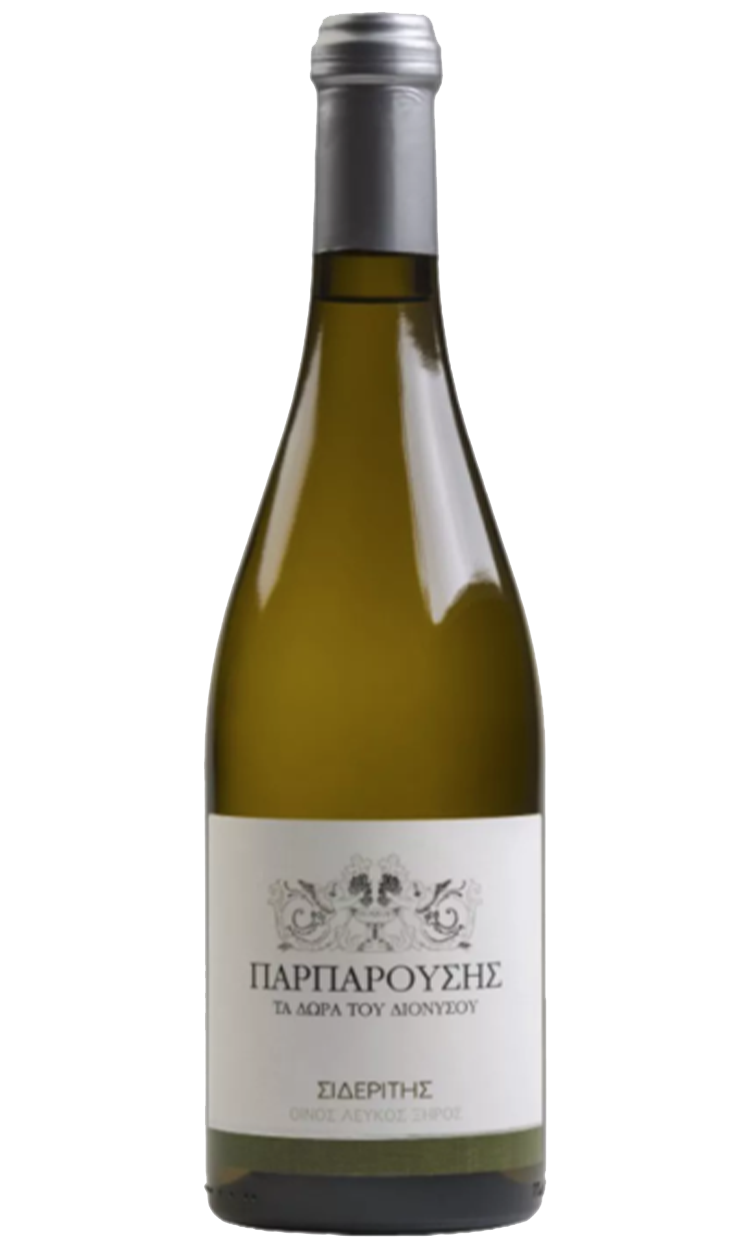
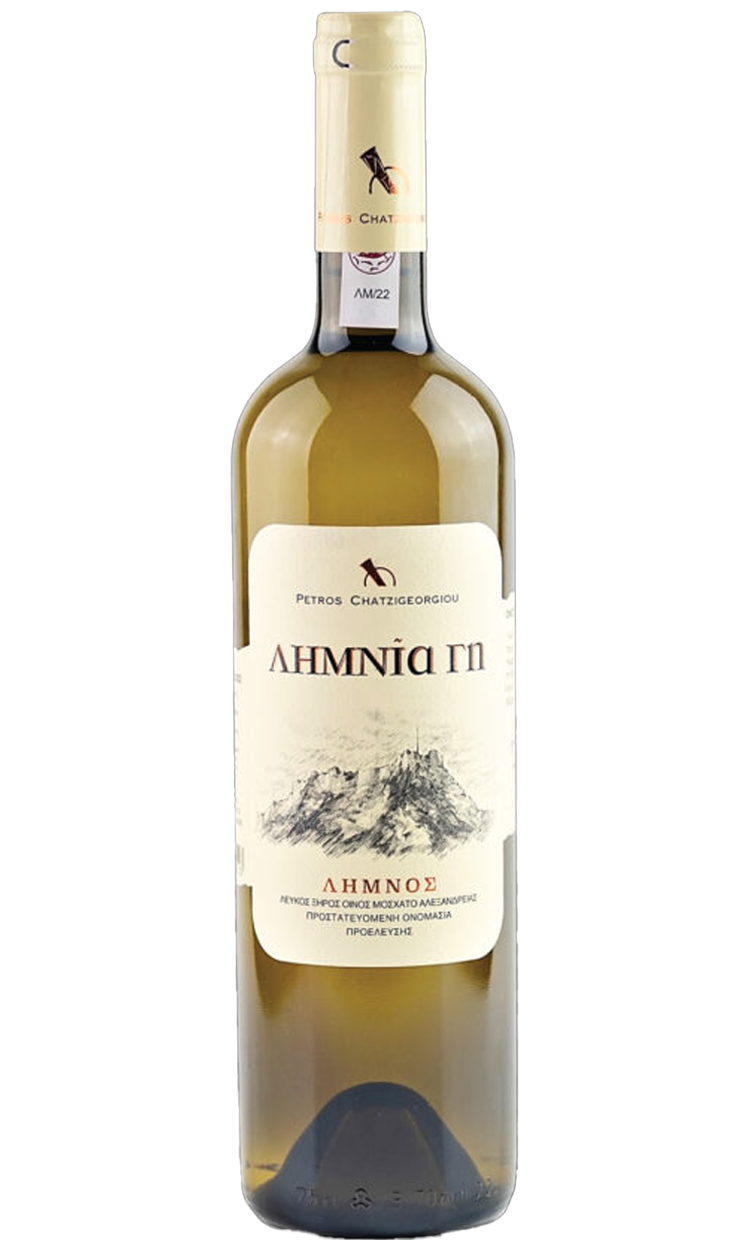
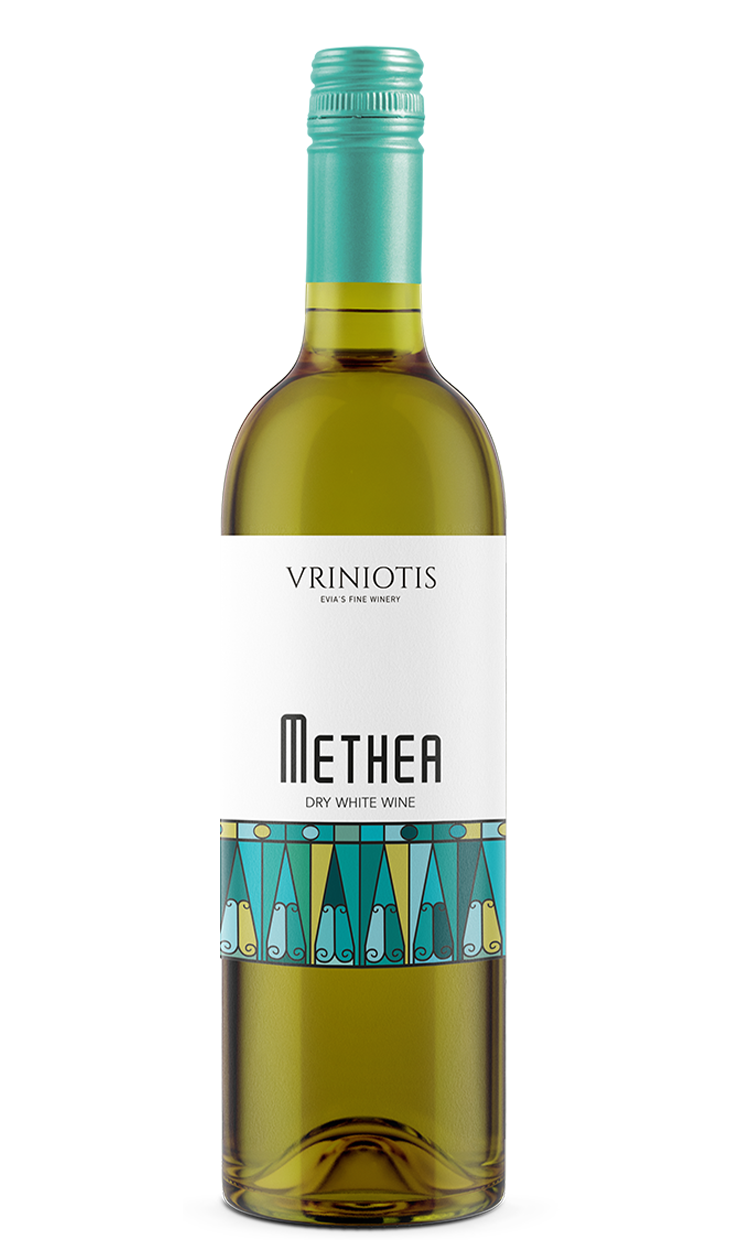
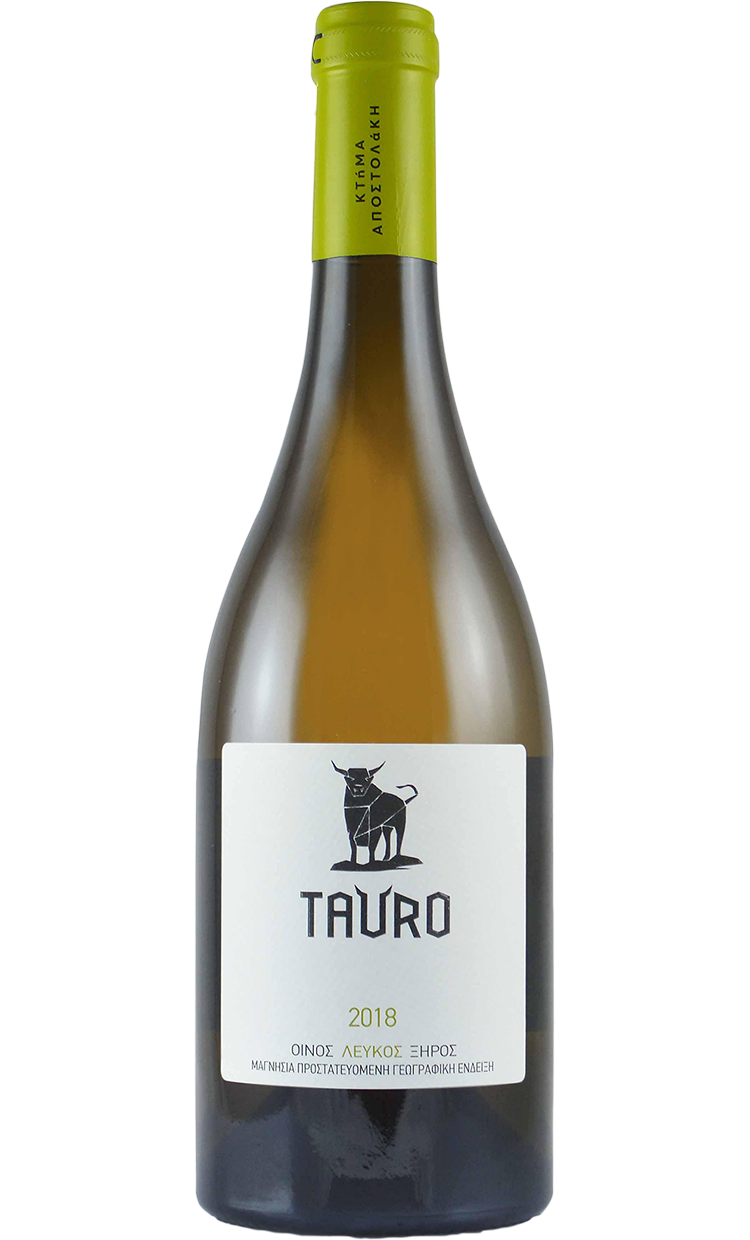
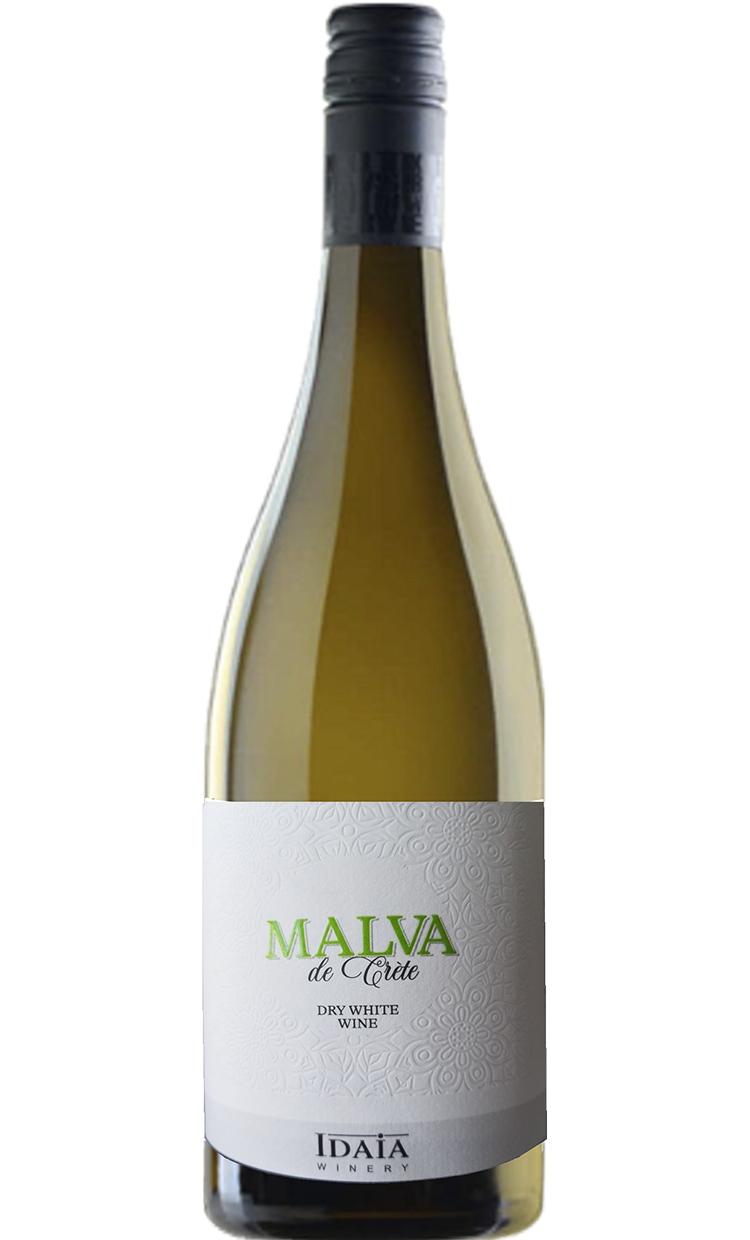
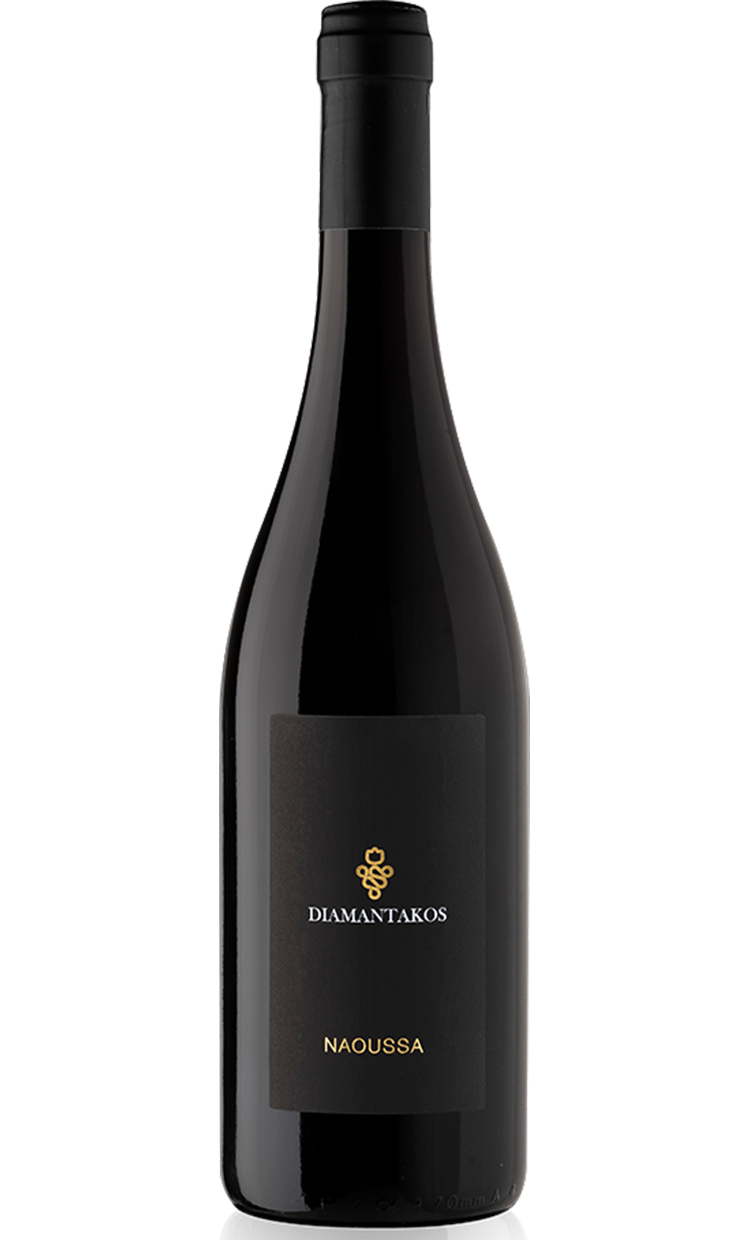
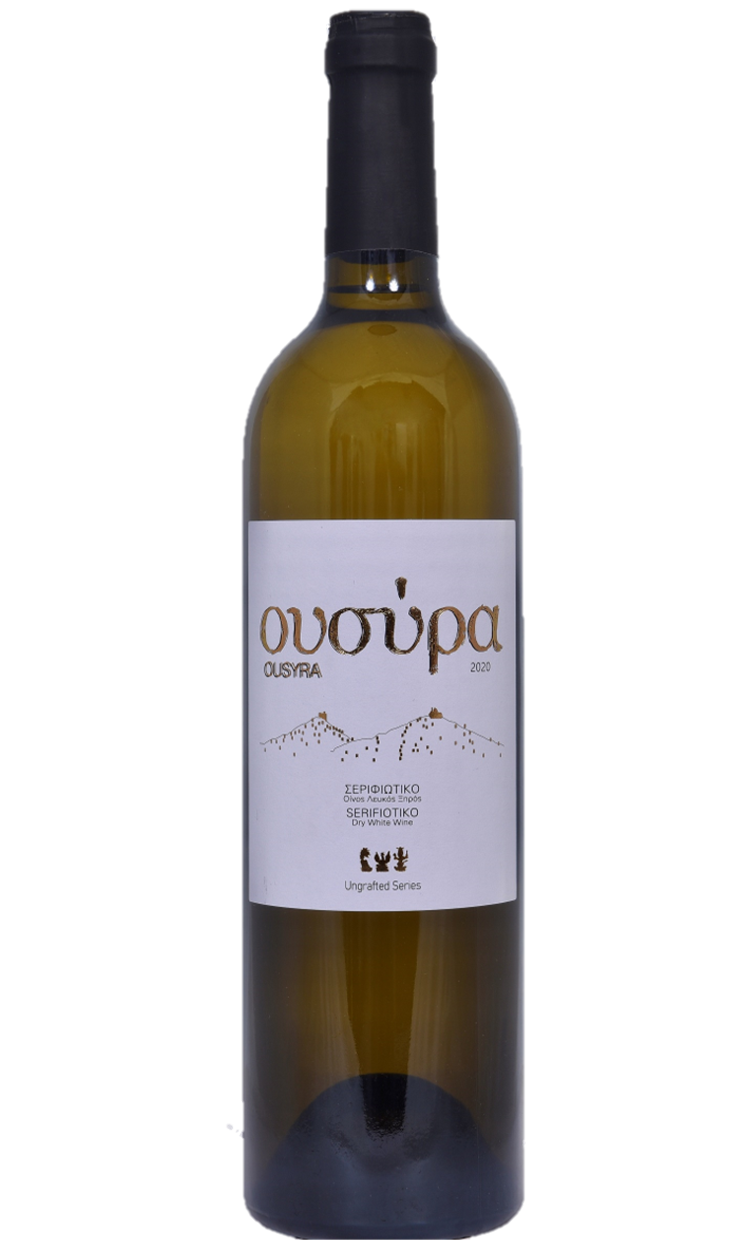
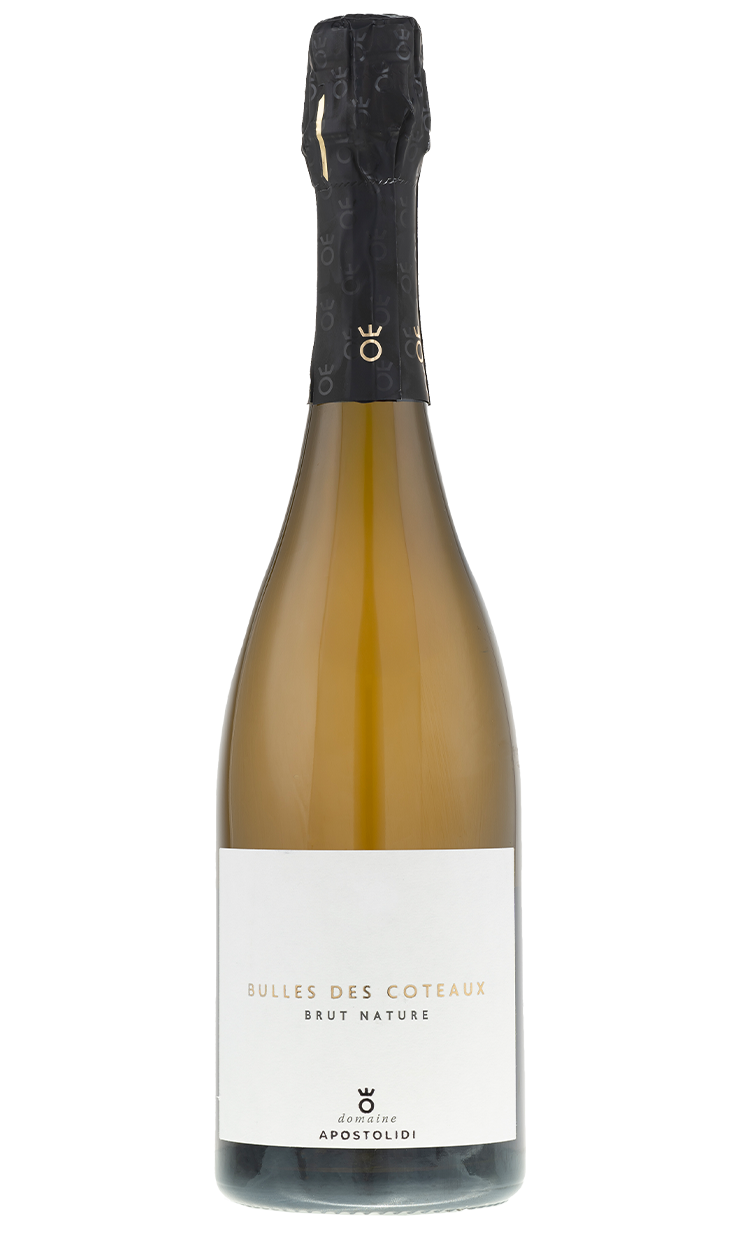
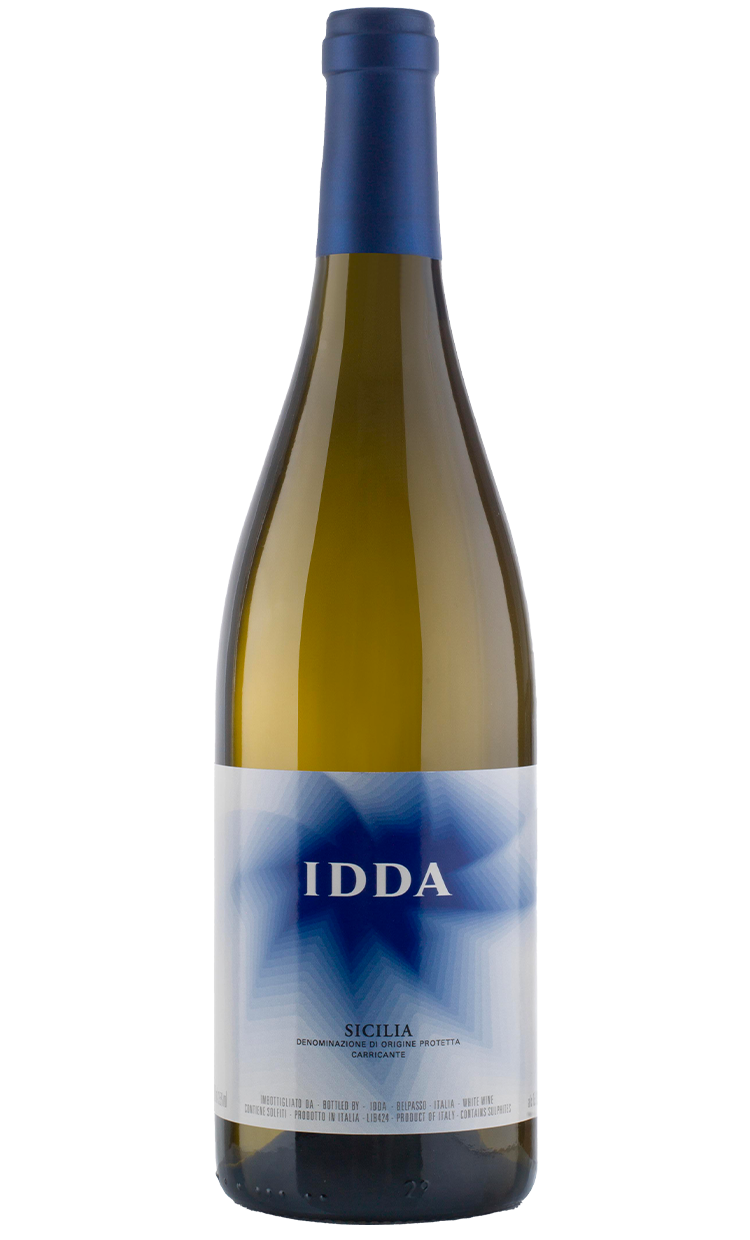
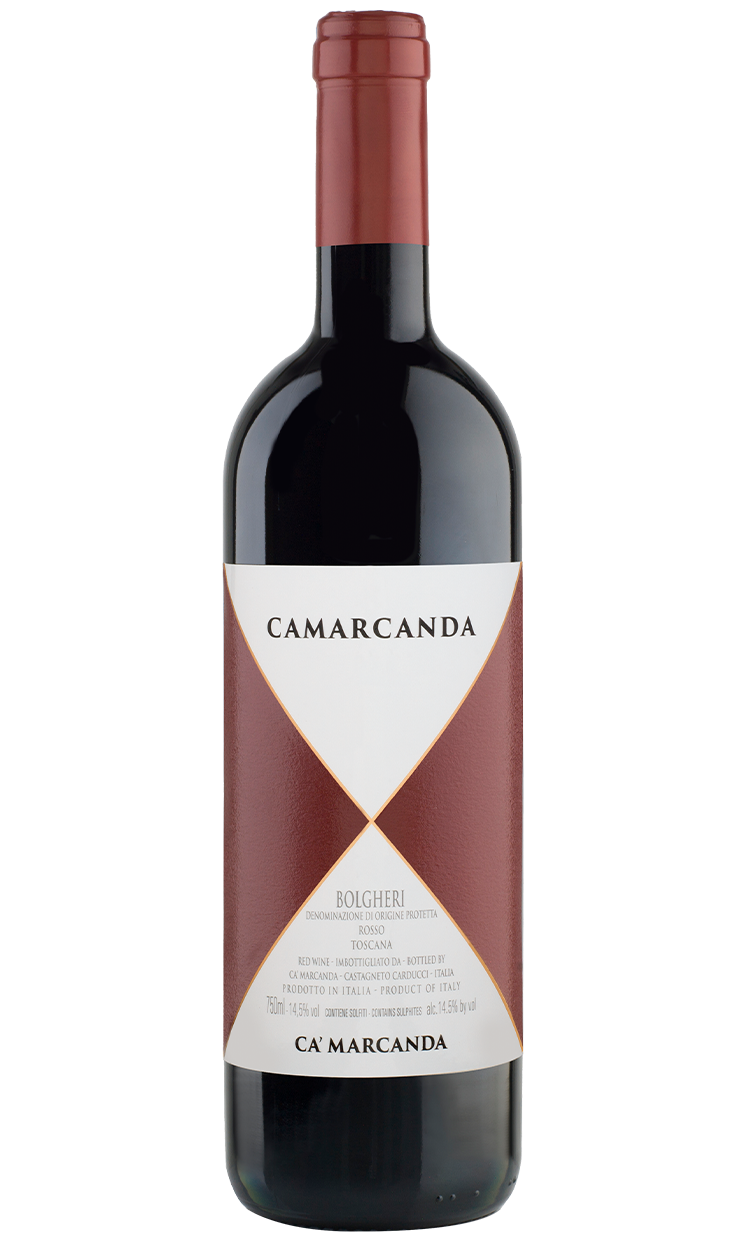
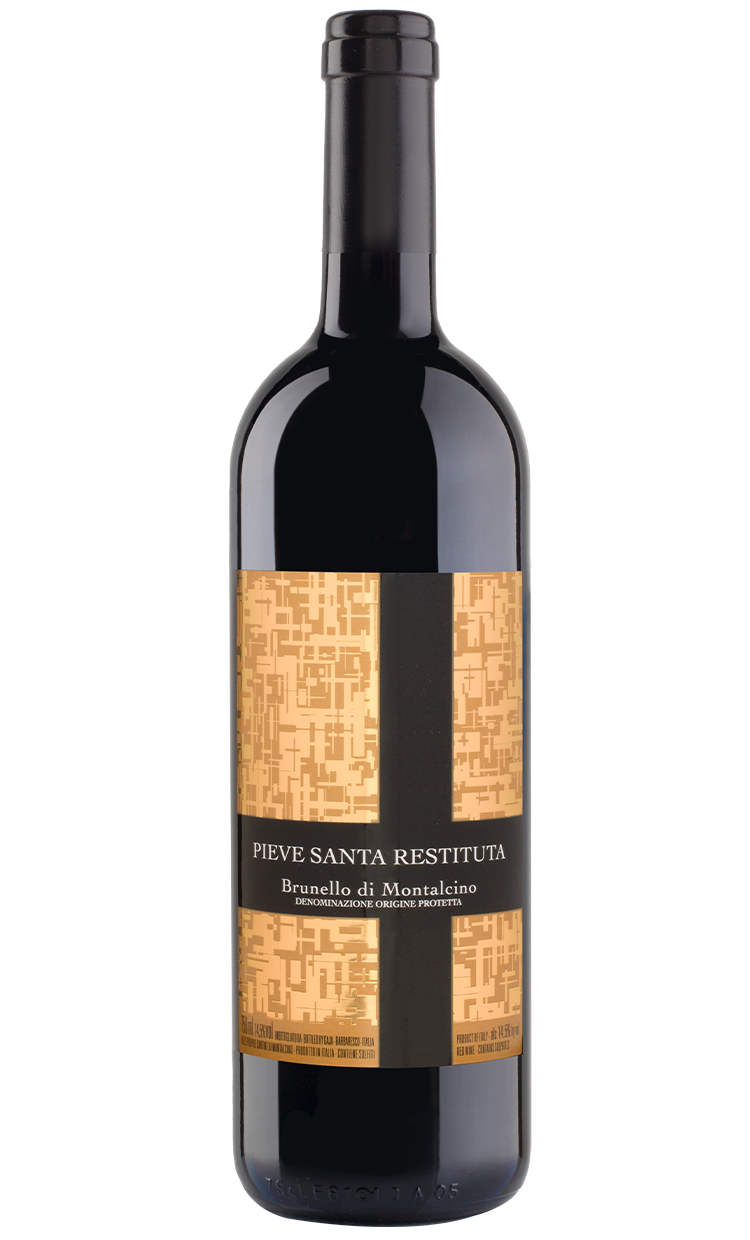
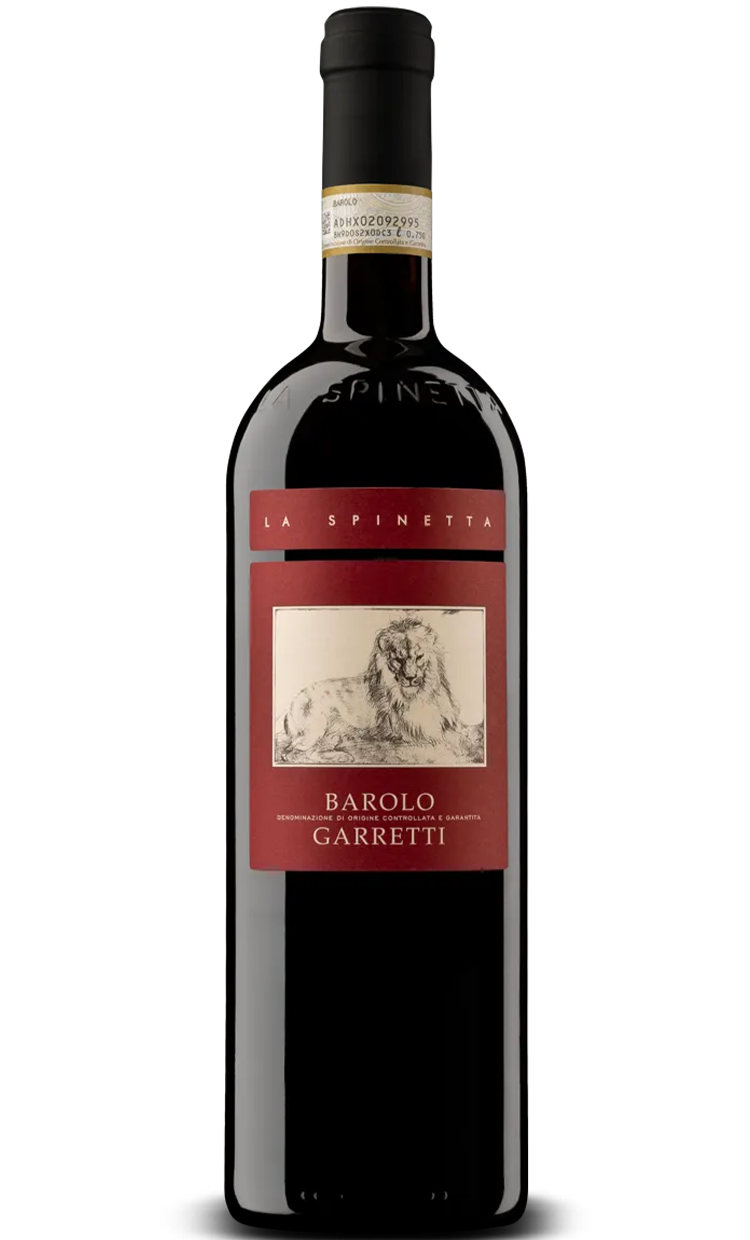
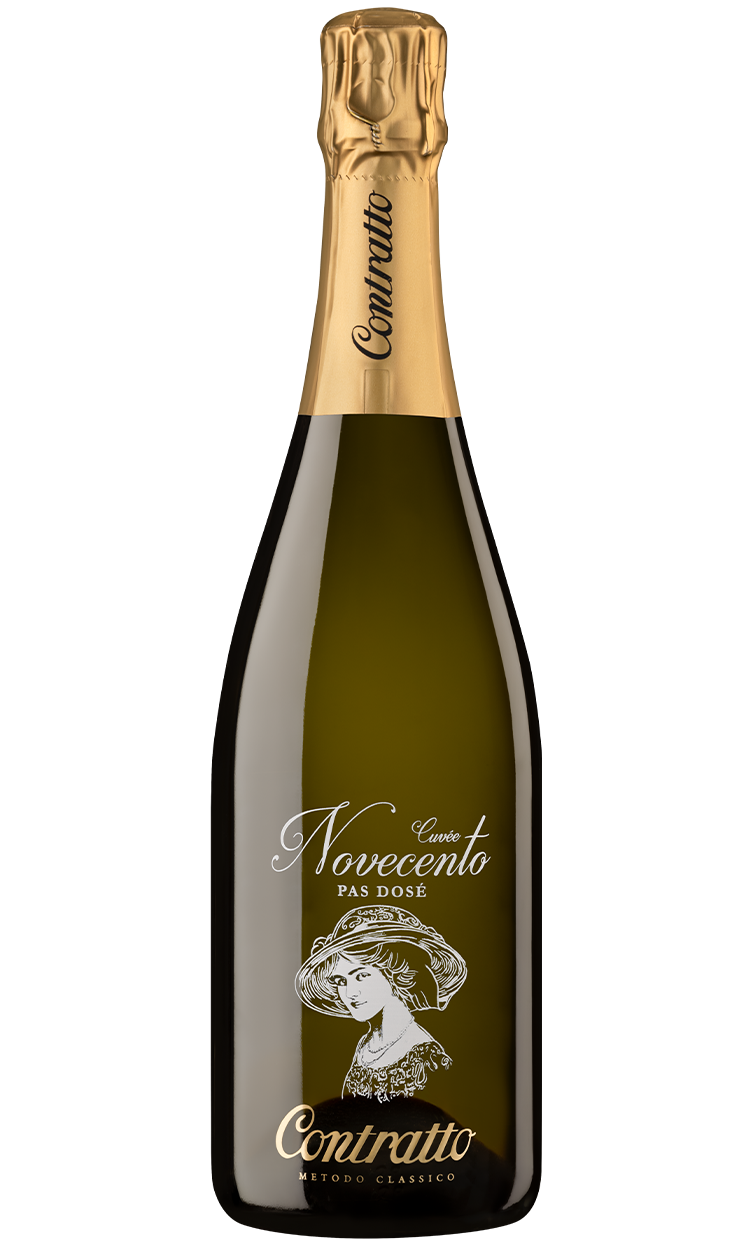
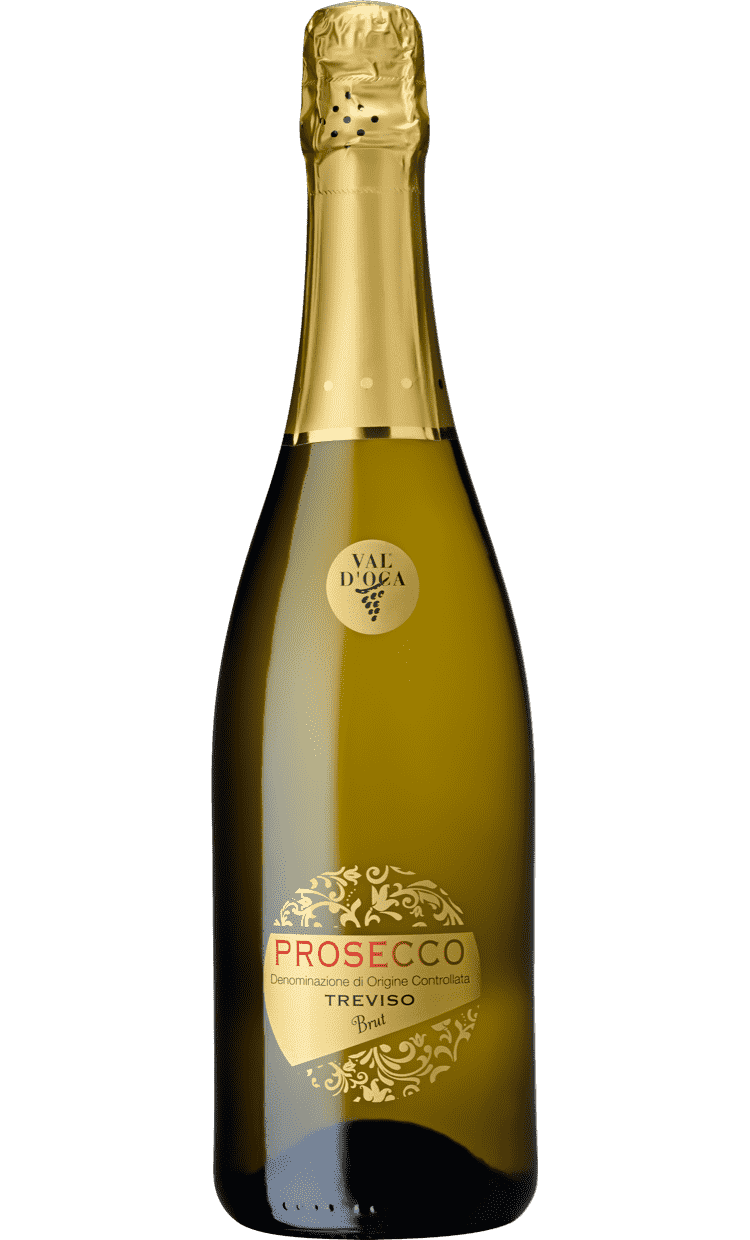
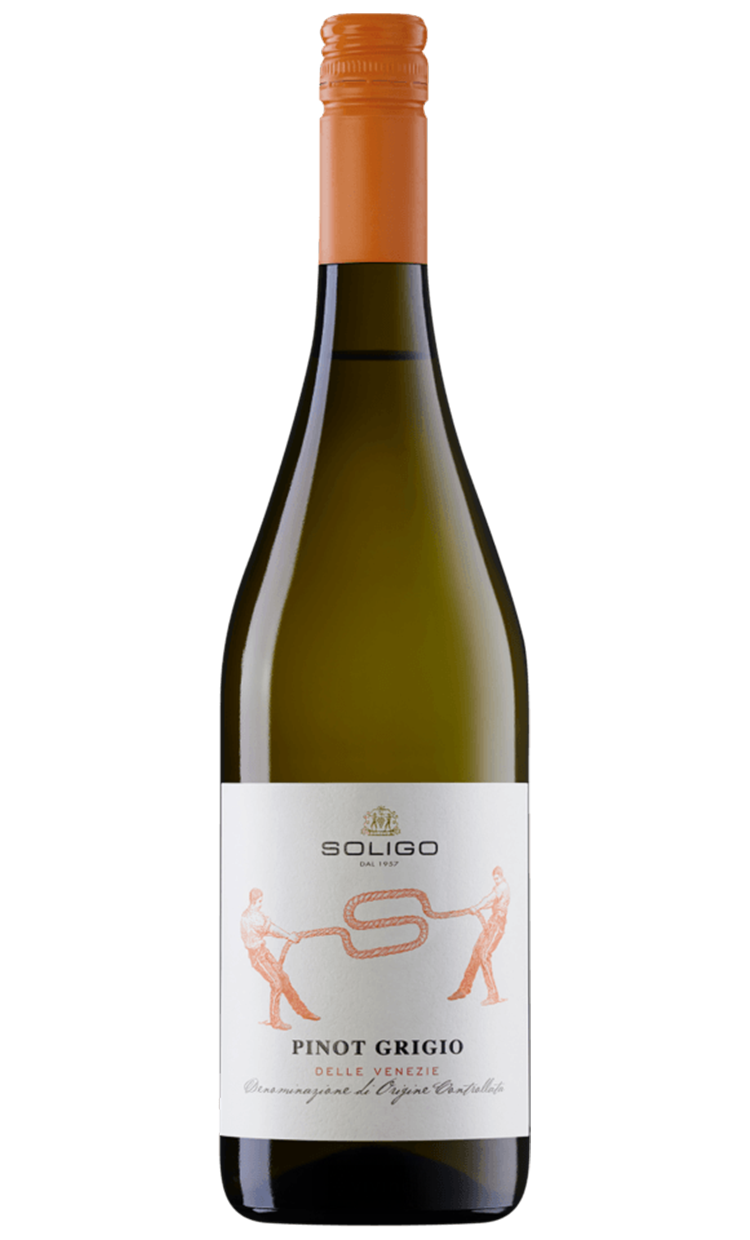
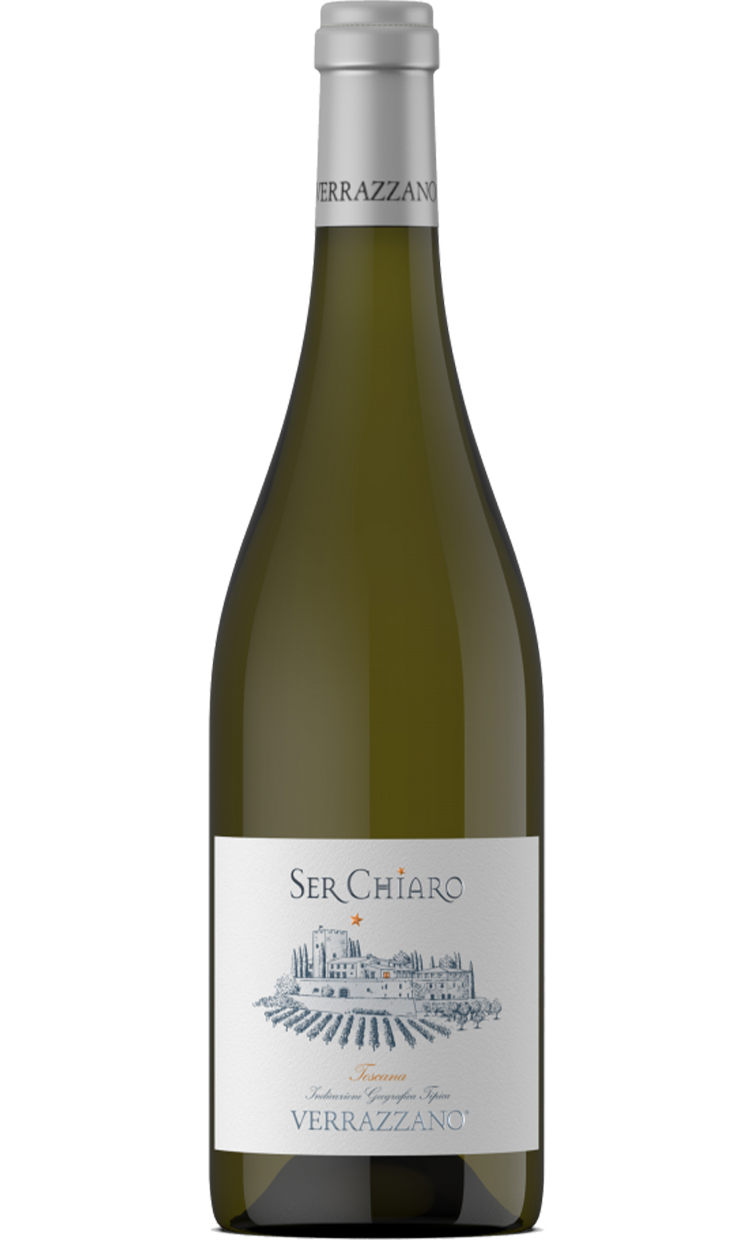
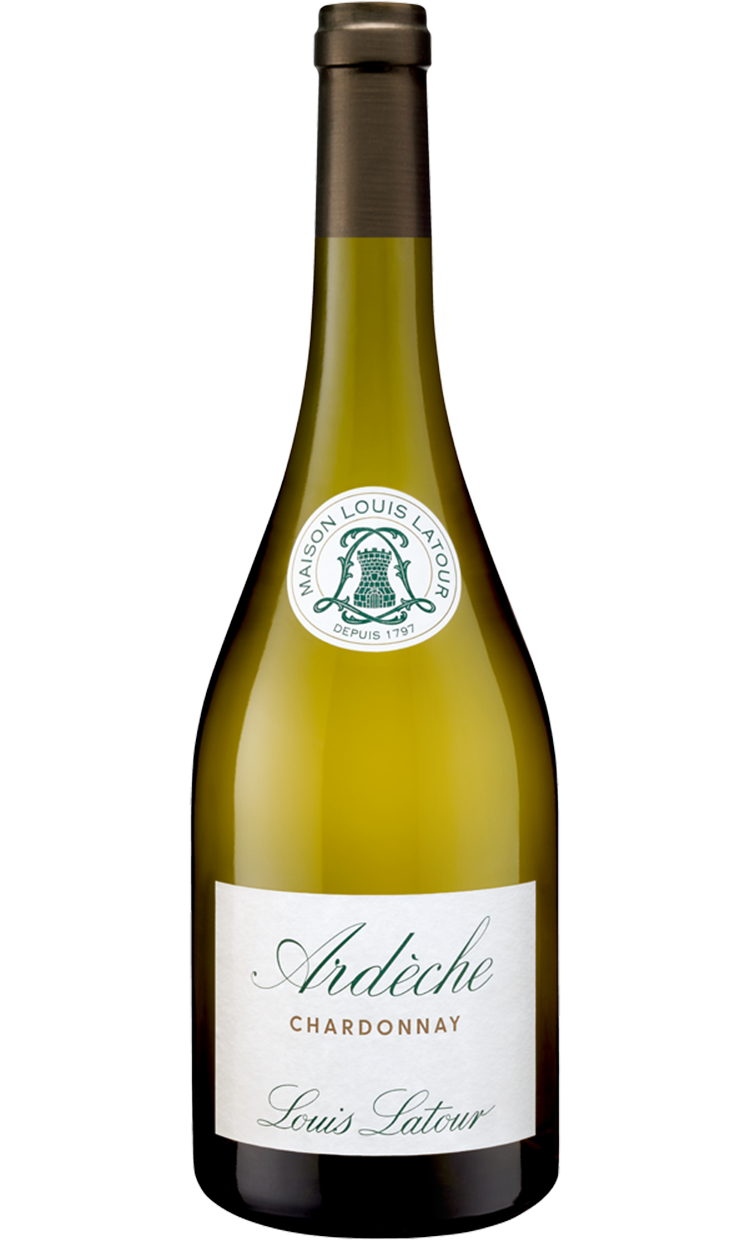
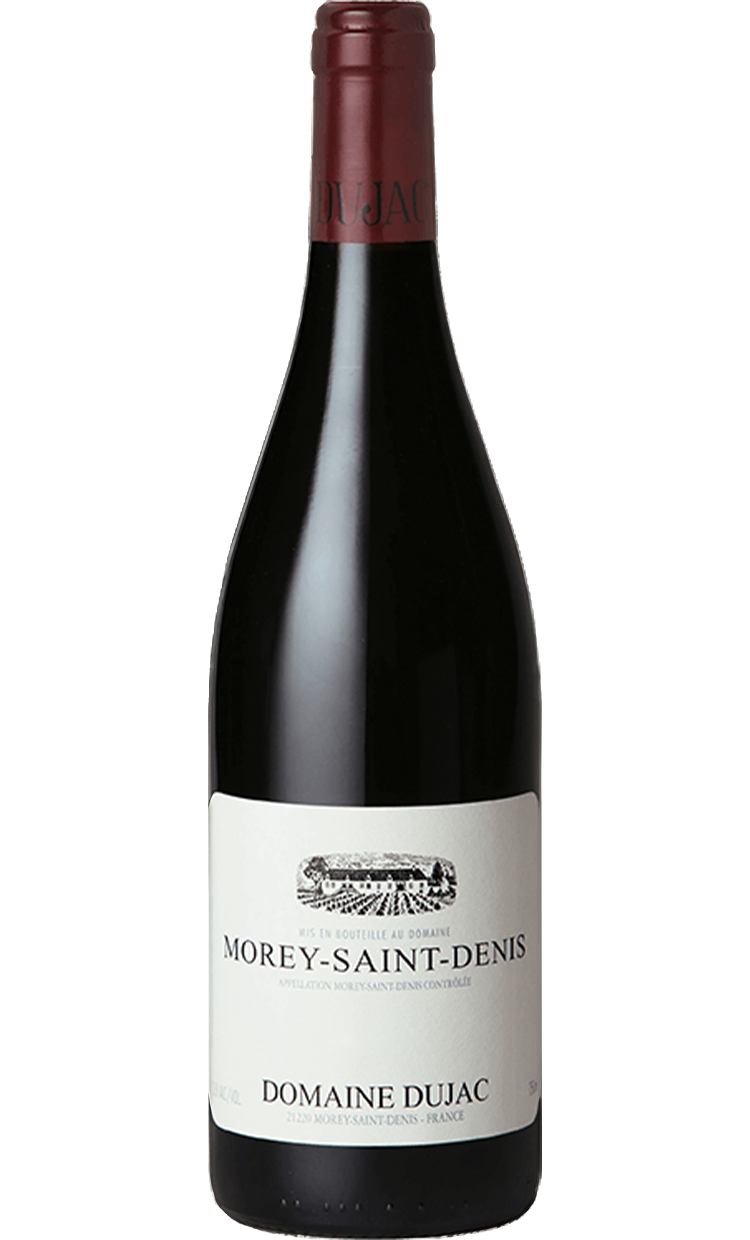
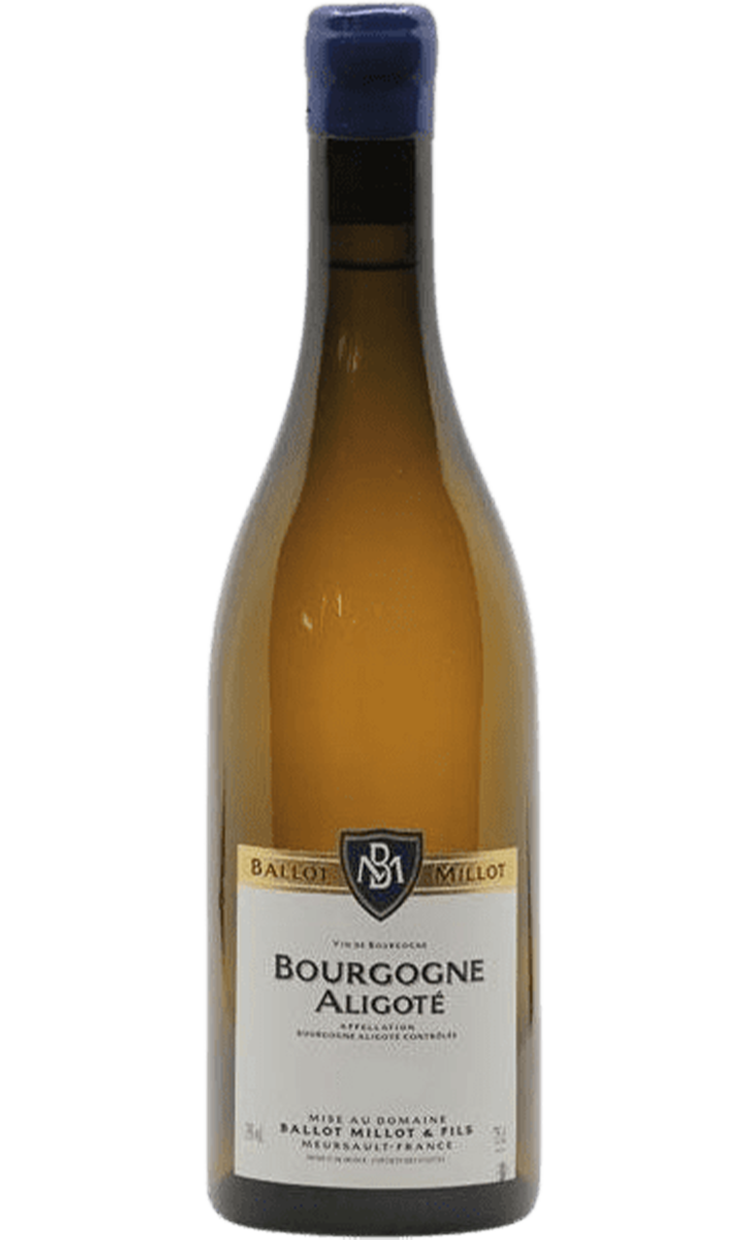
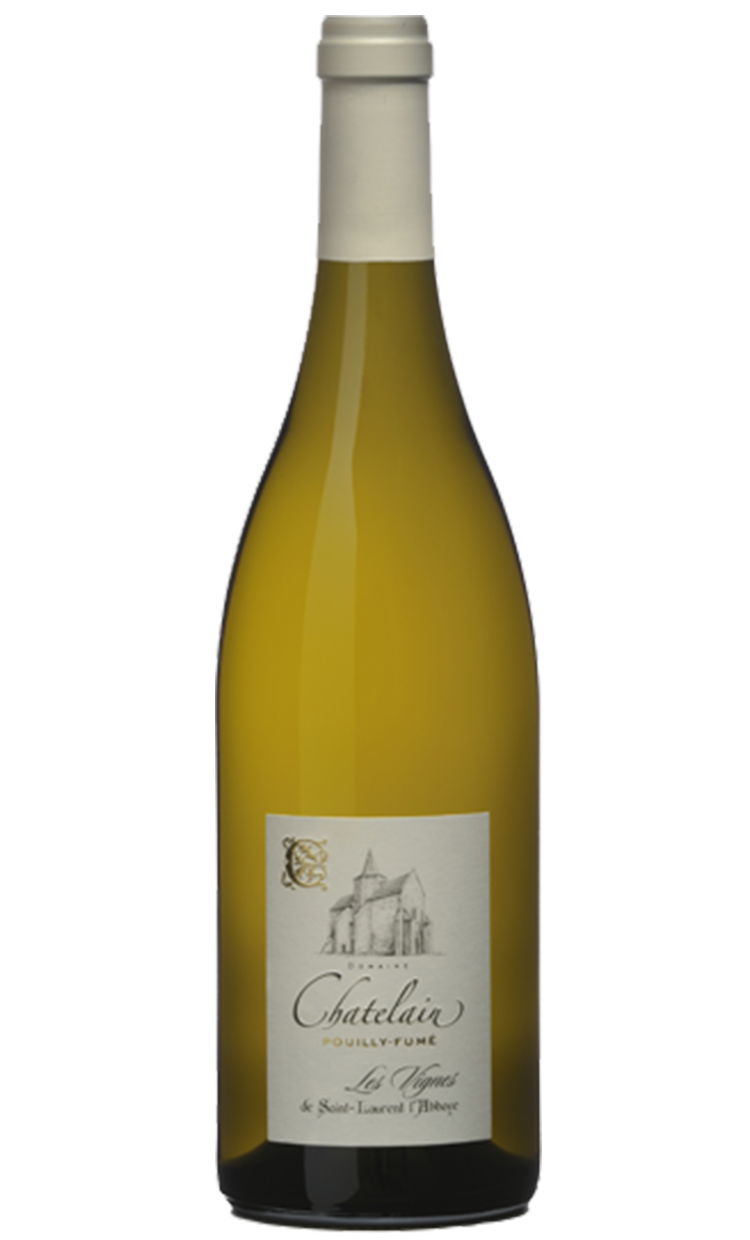
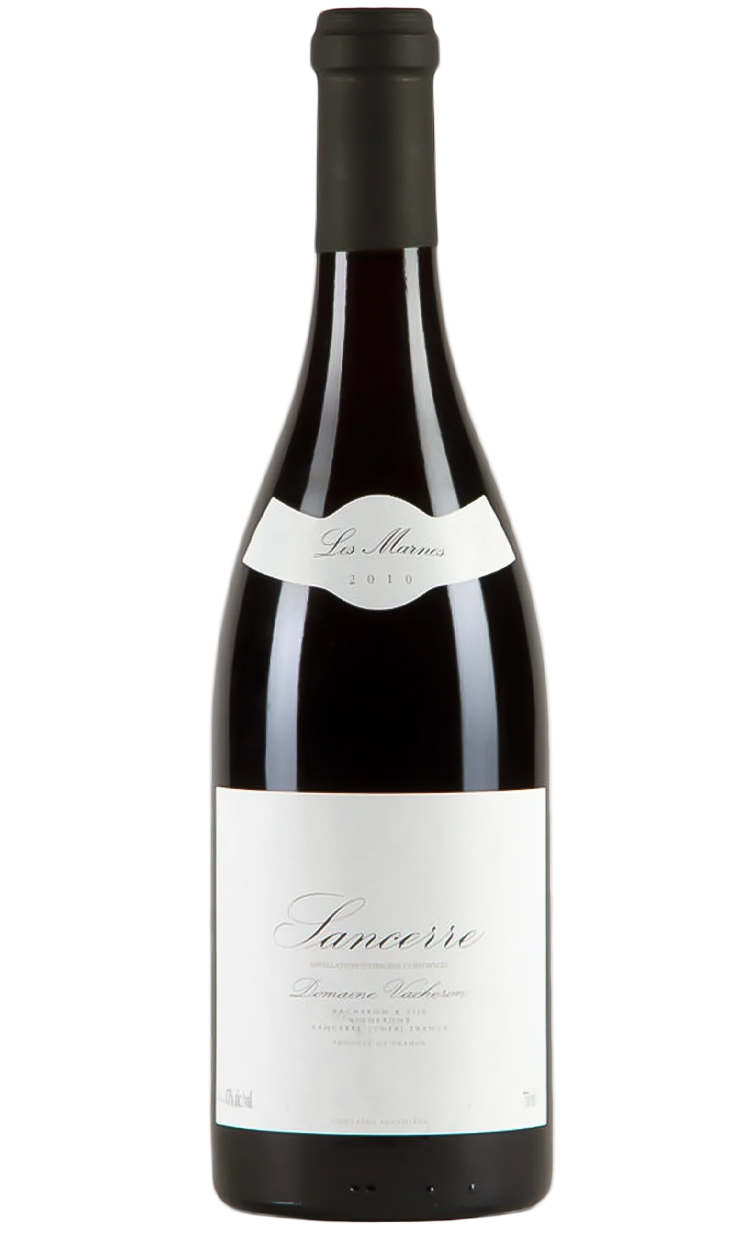
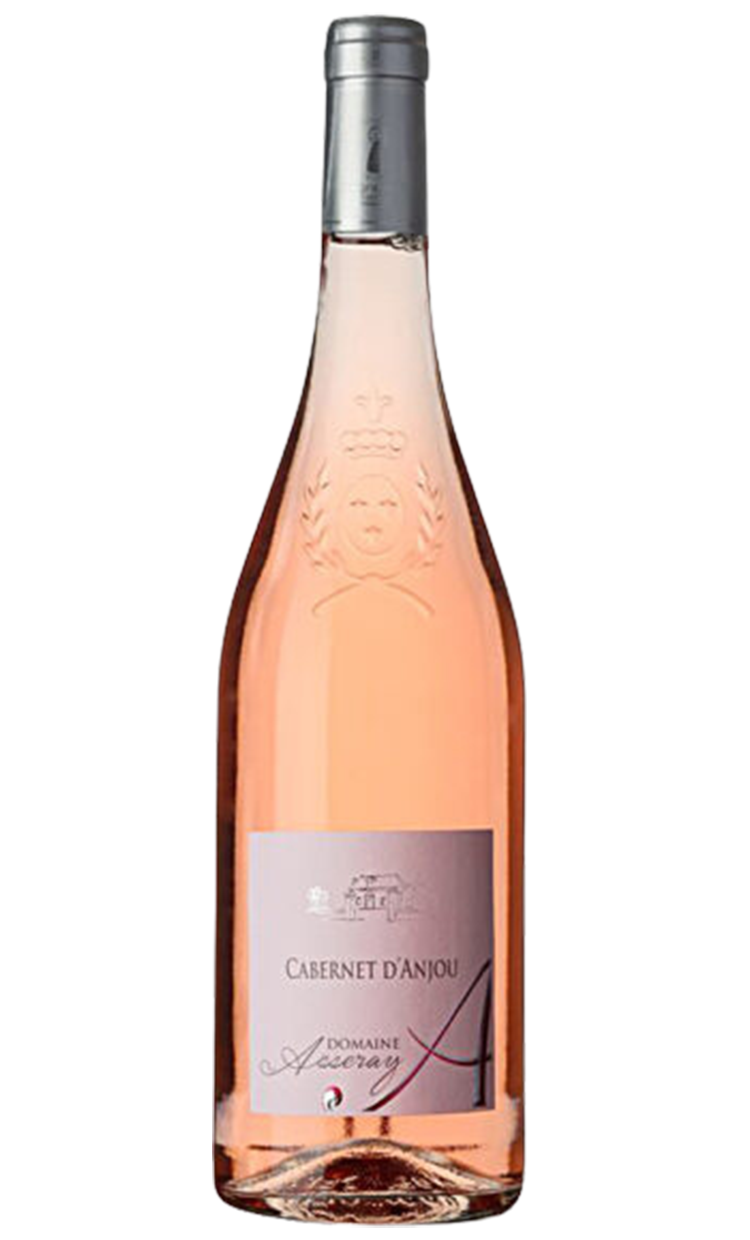
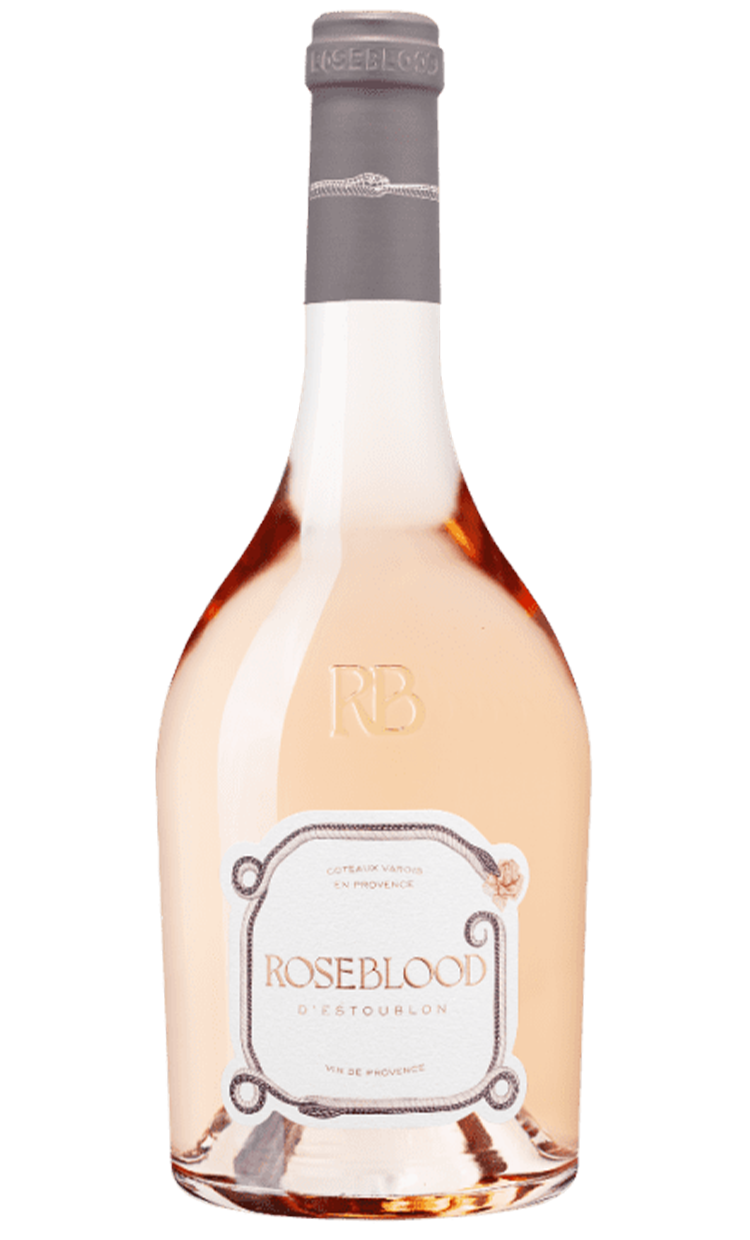
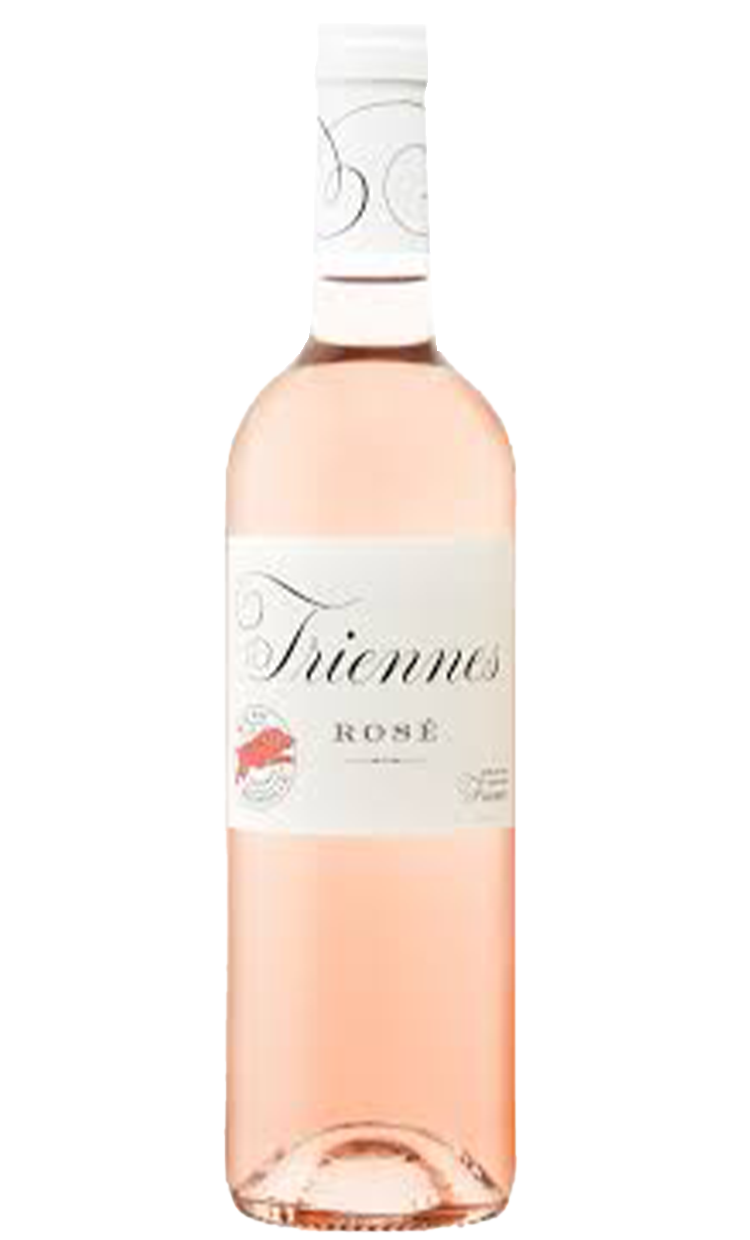
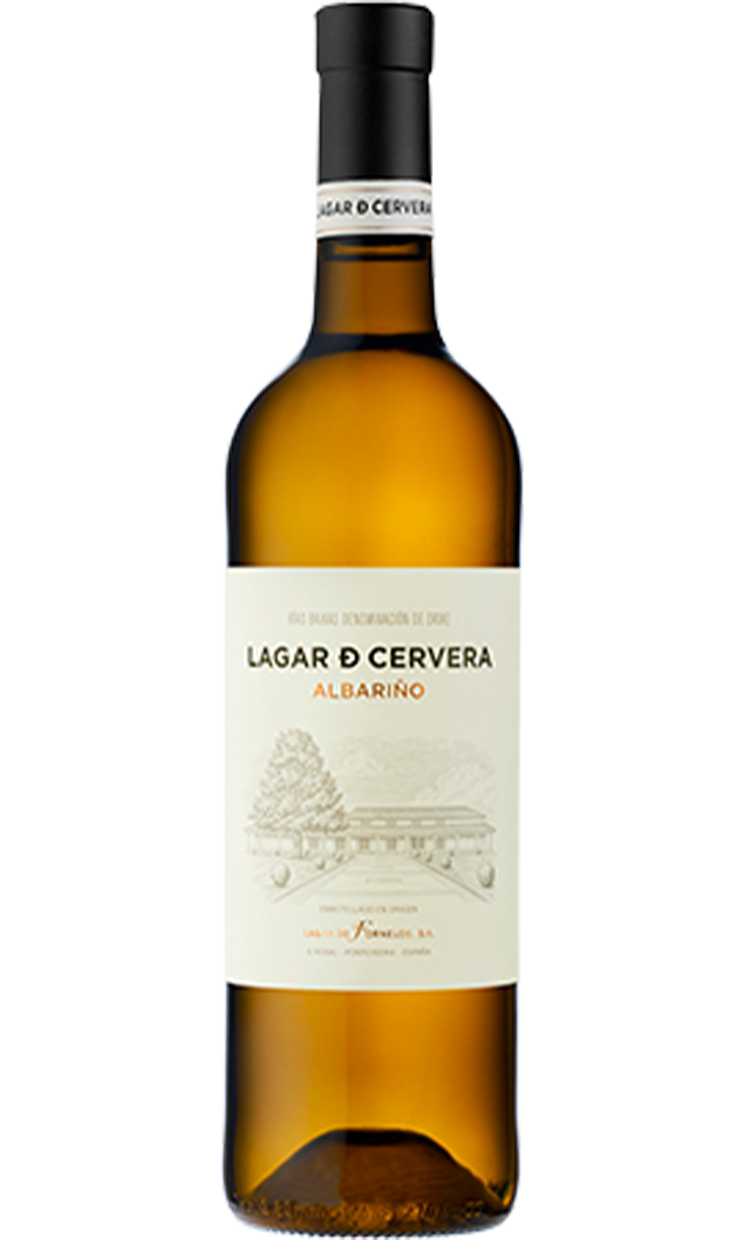
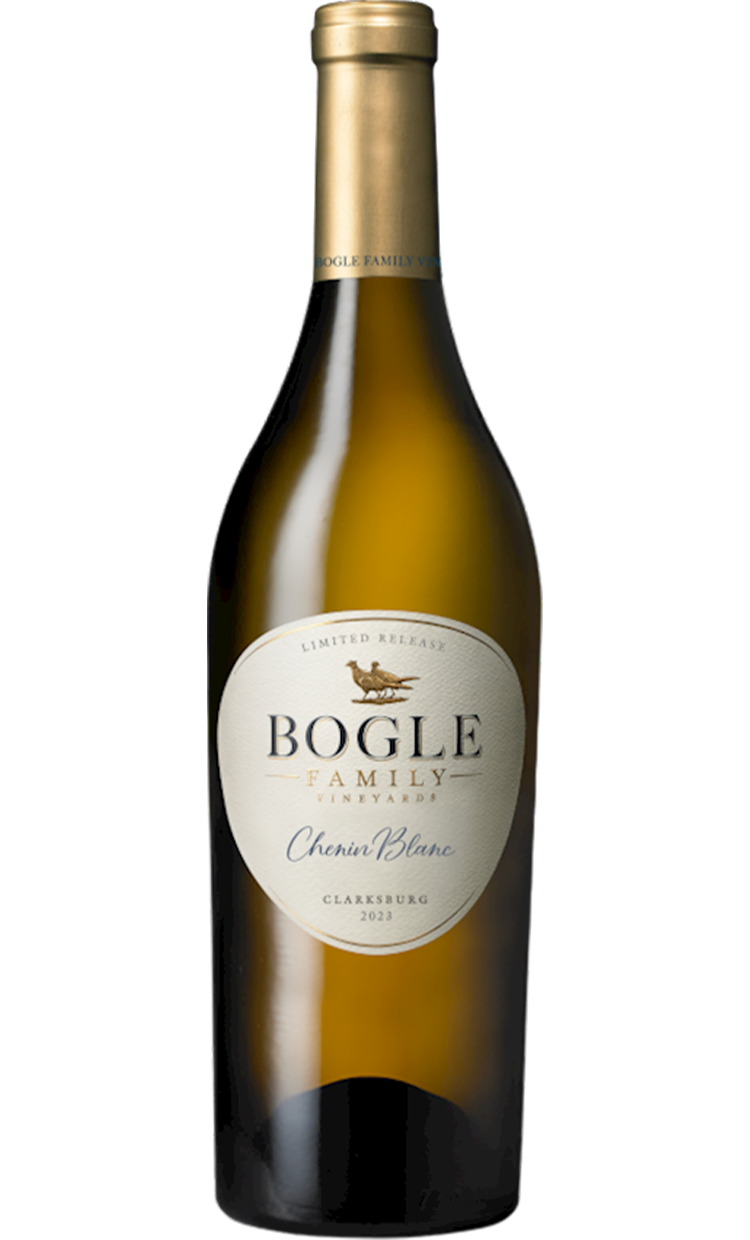
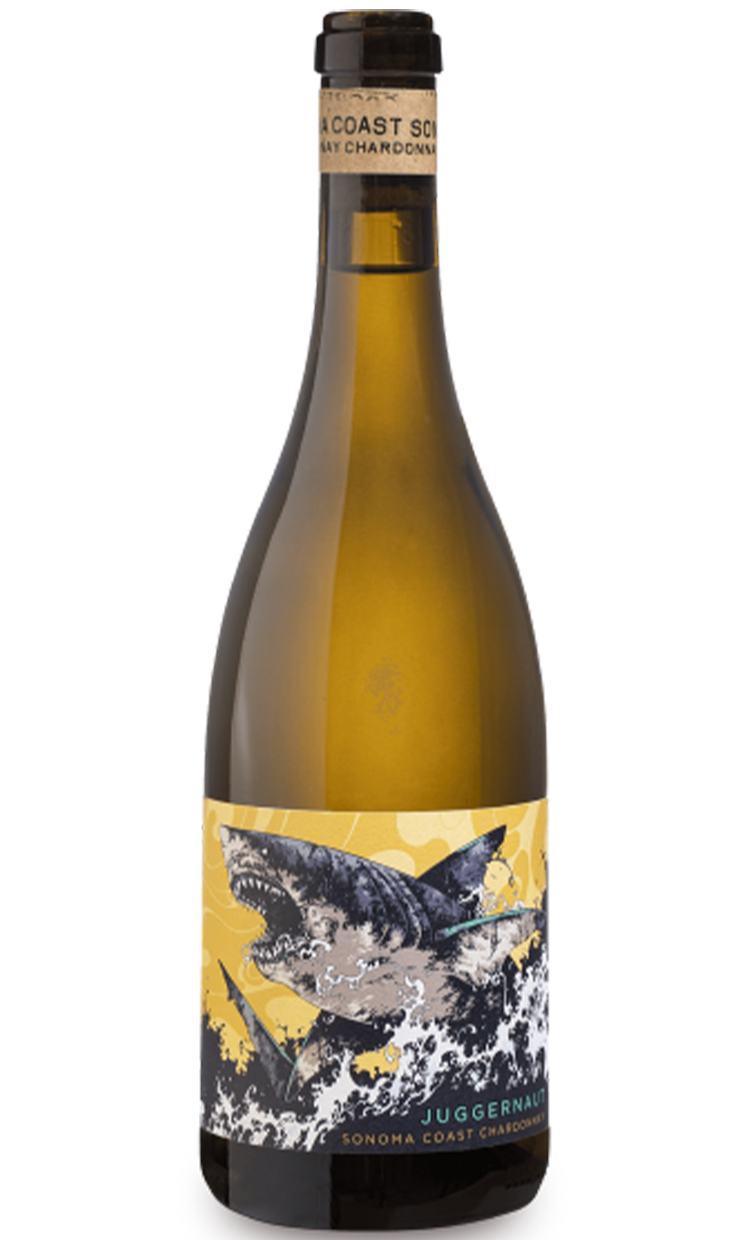
![ELEMENT[AL]](https://www.dynamiki-sa.gr/uploads/1/image_png/o_1j1b5qeal171f6oe1vcra0tf3ir.png)
